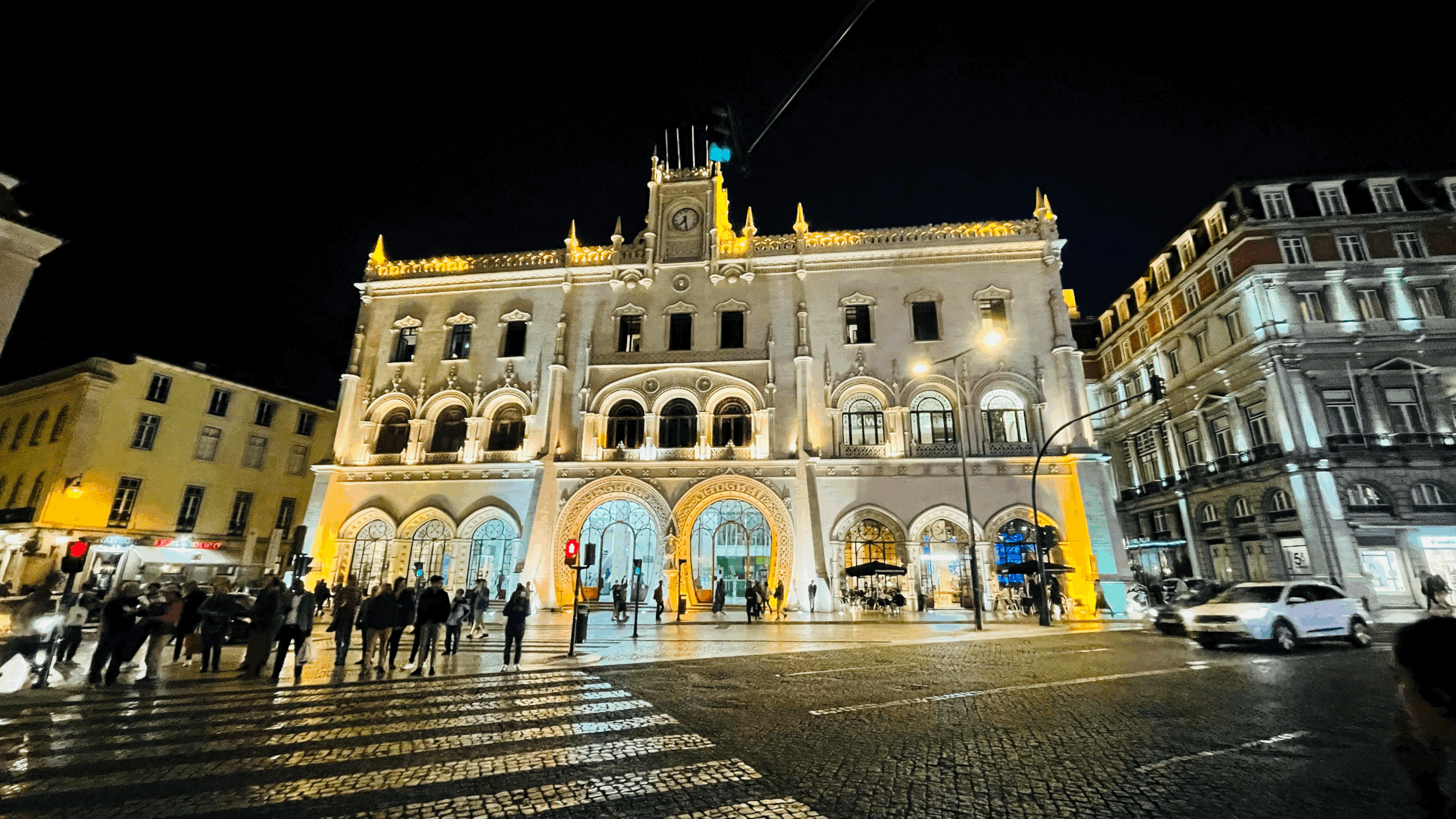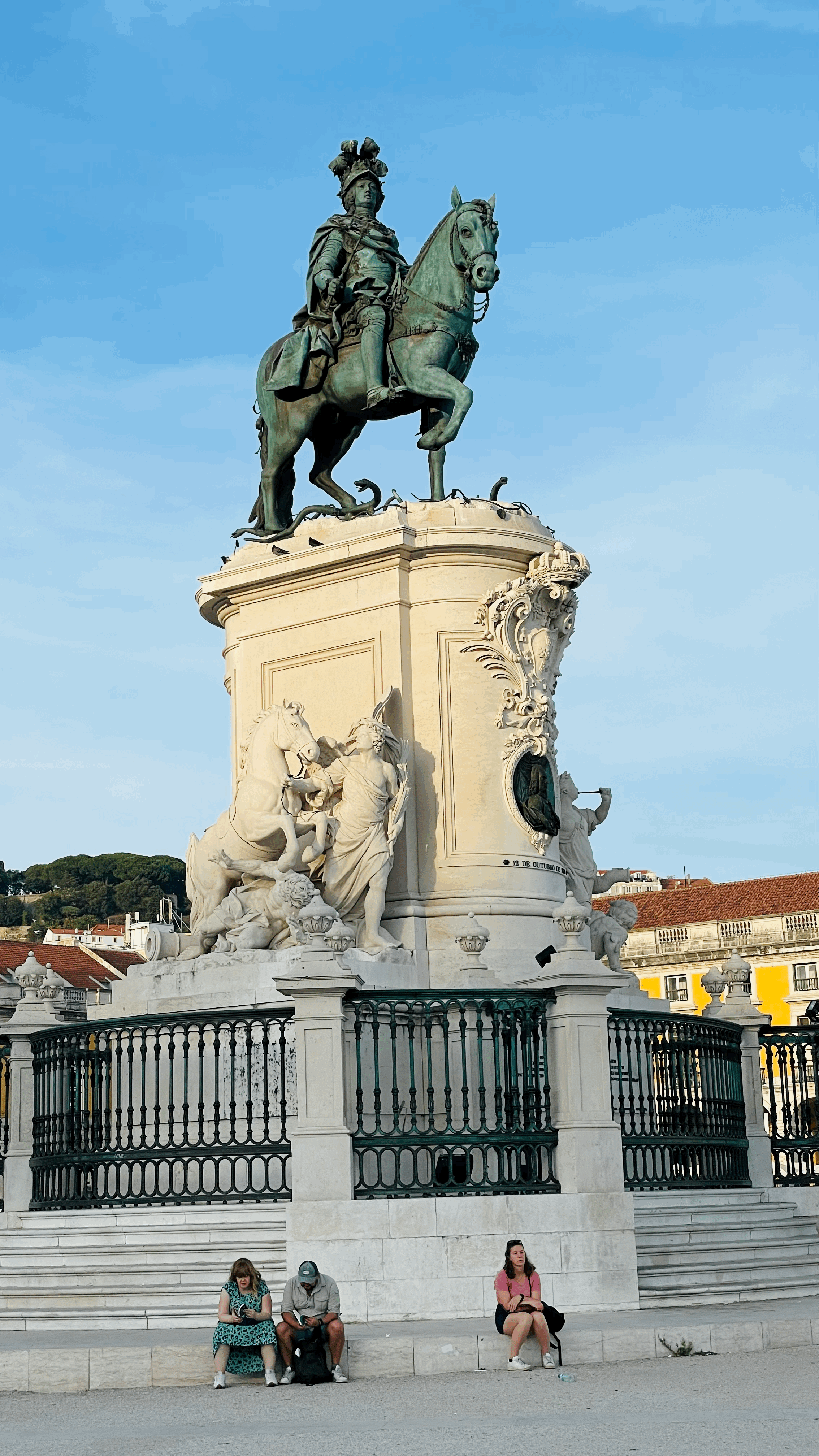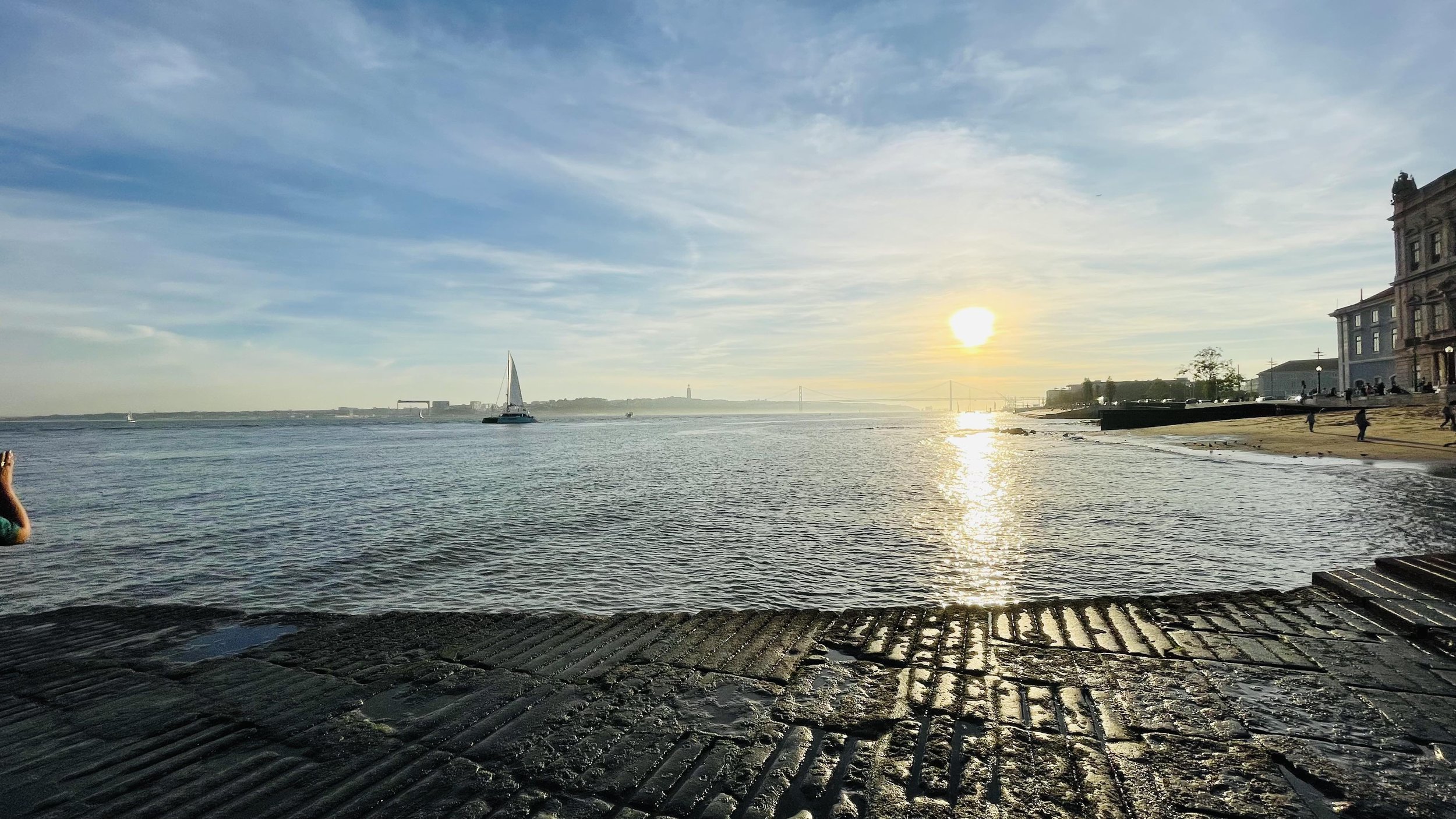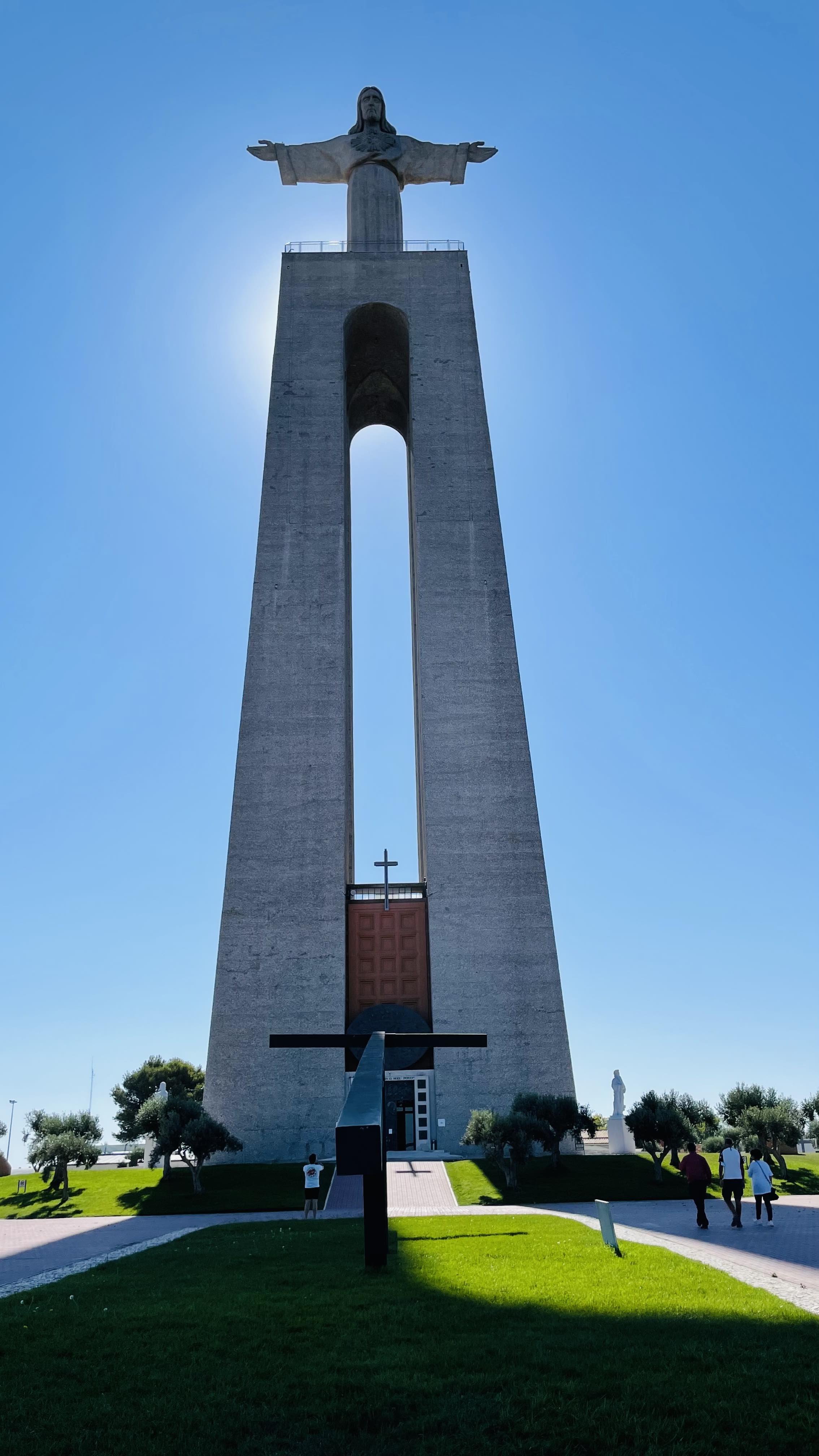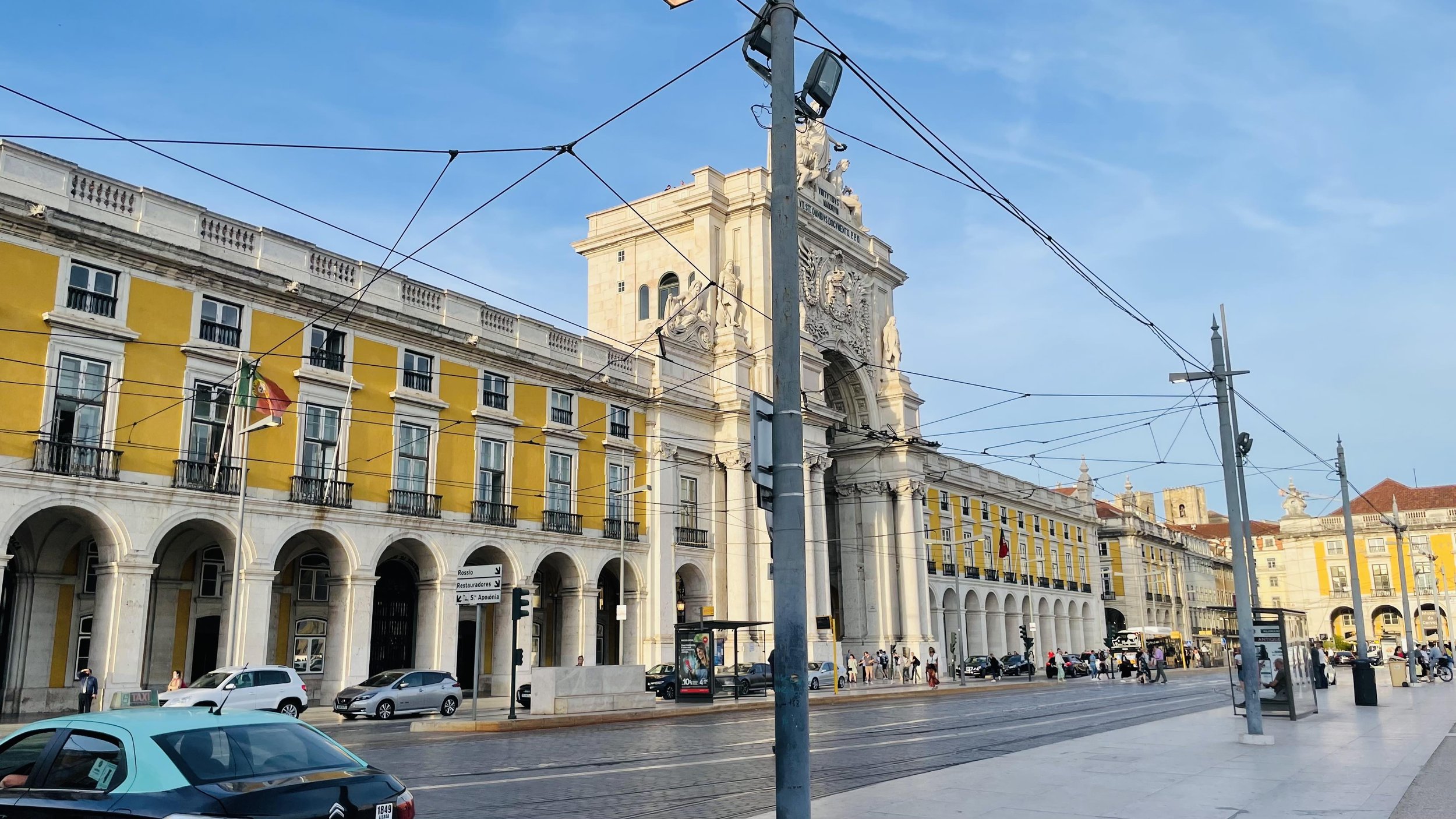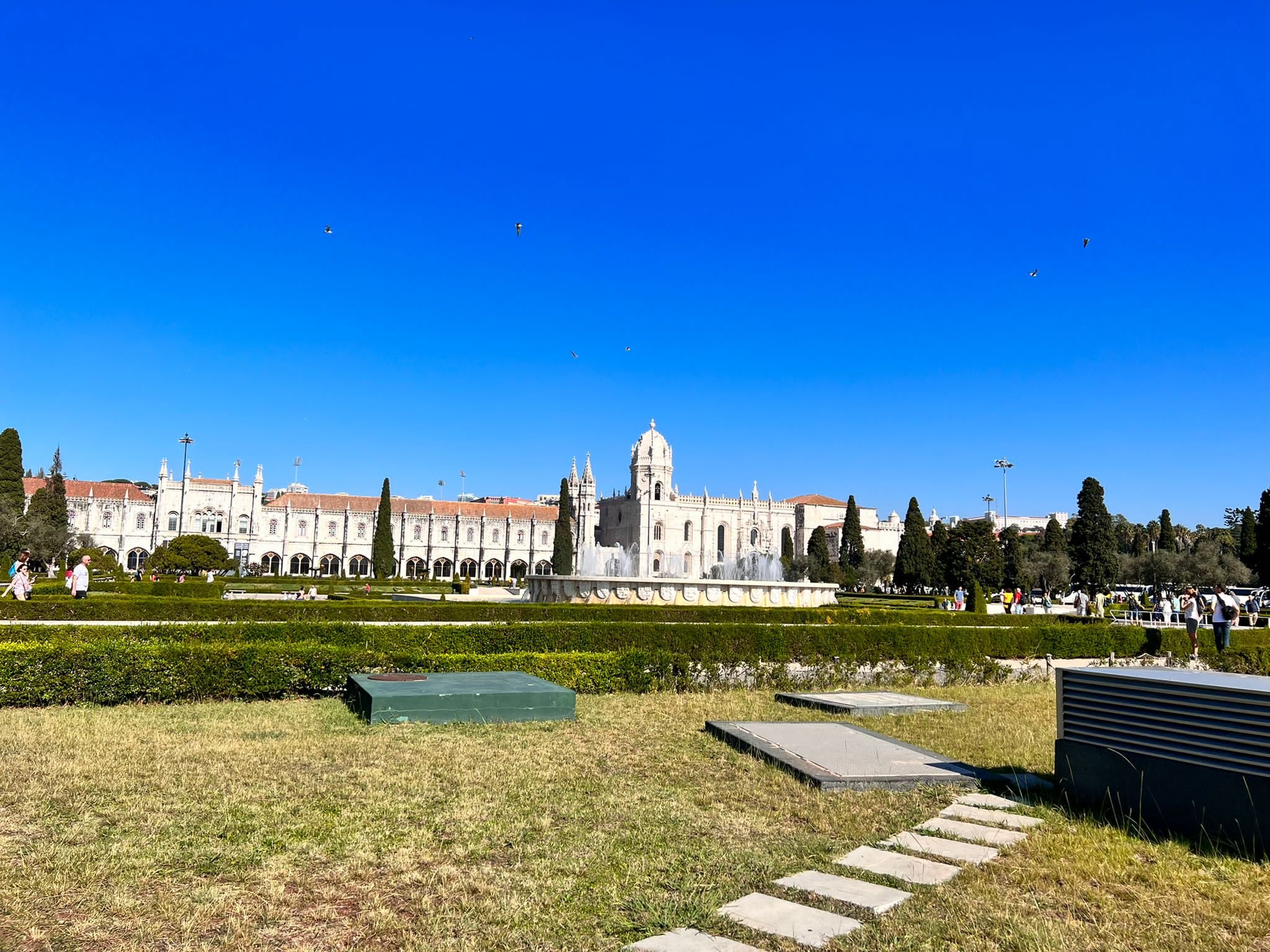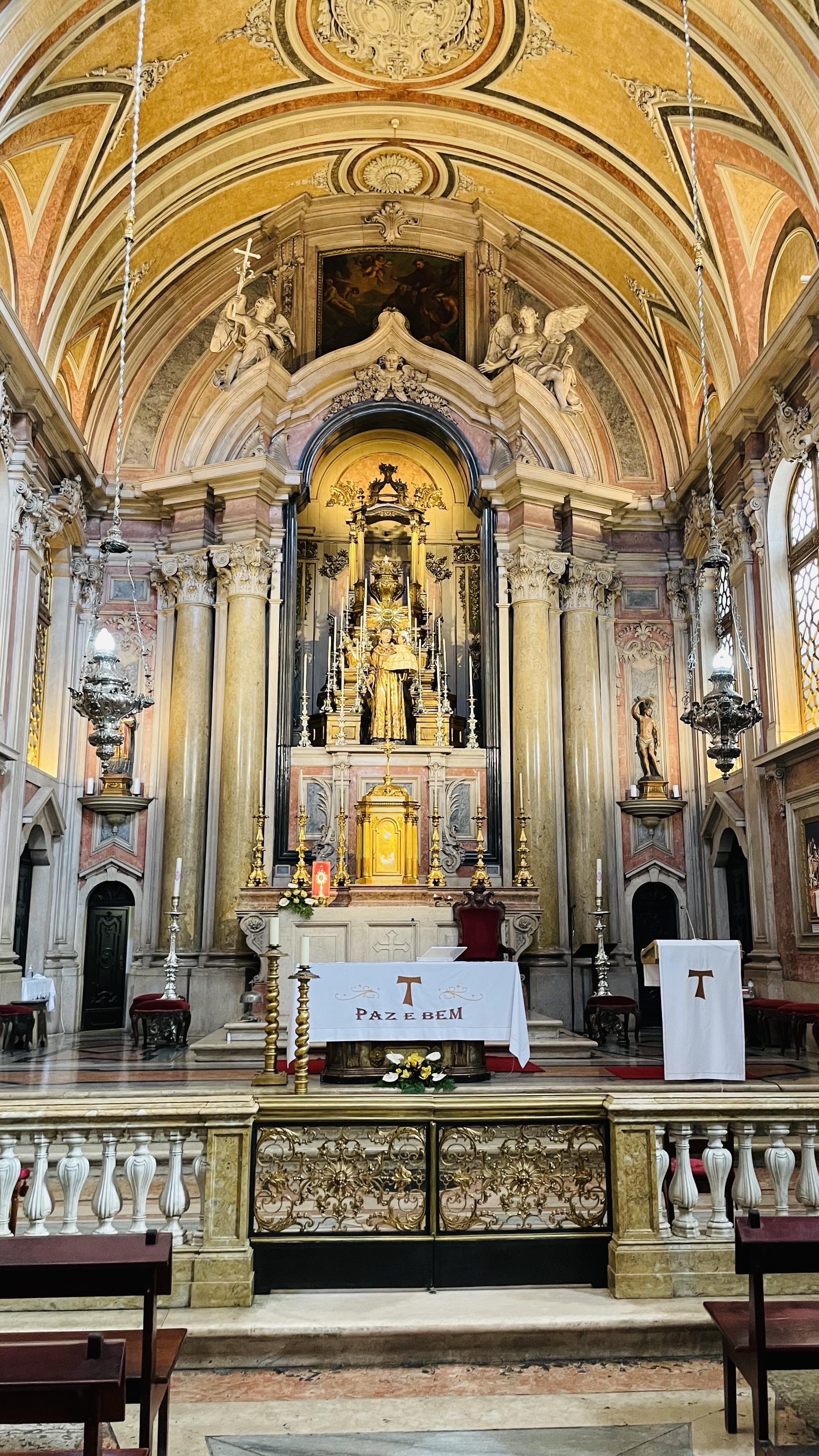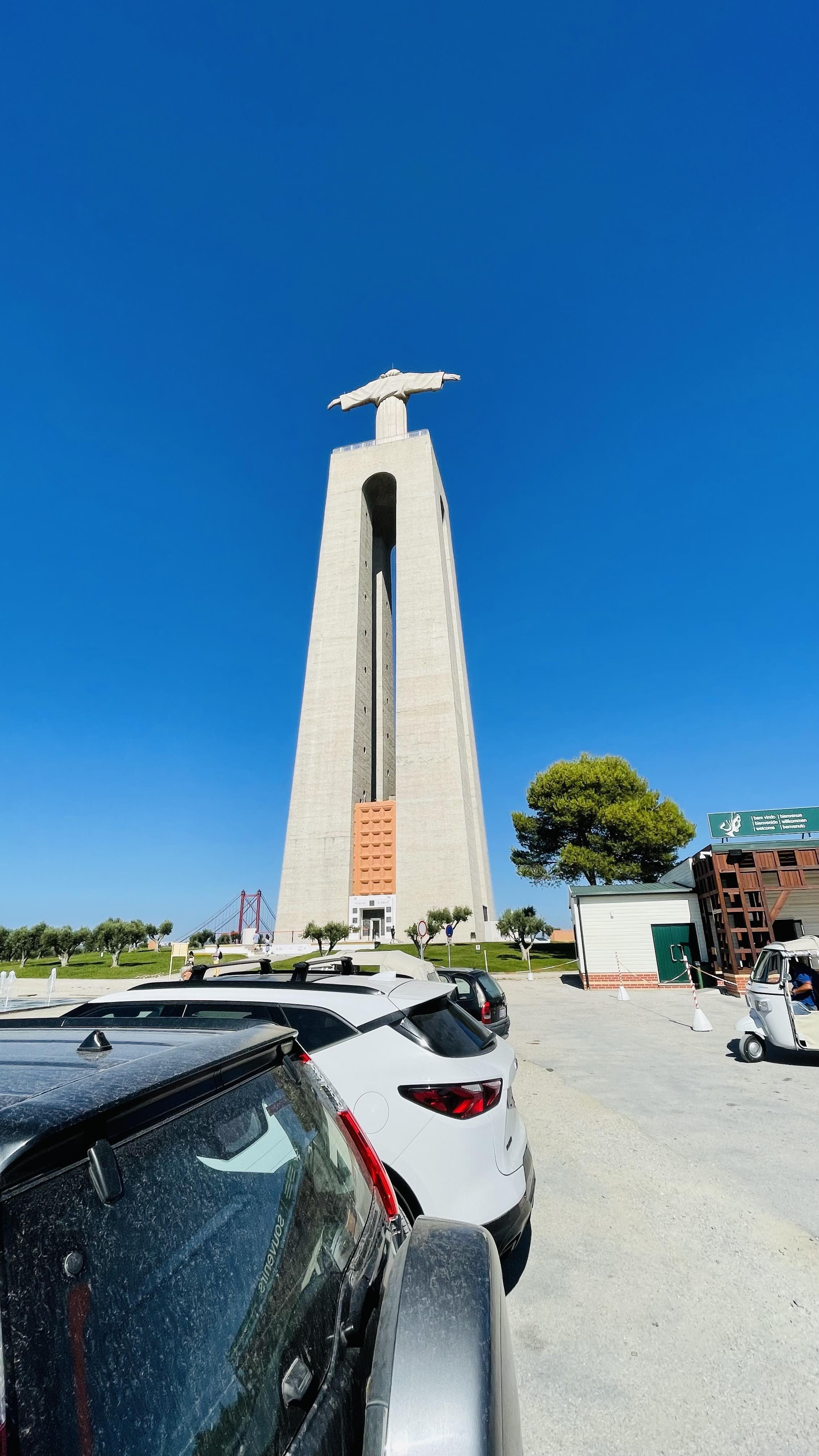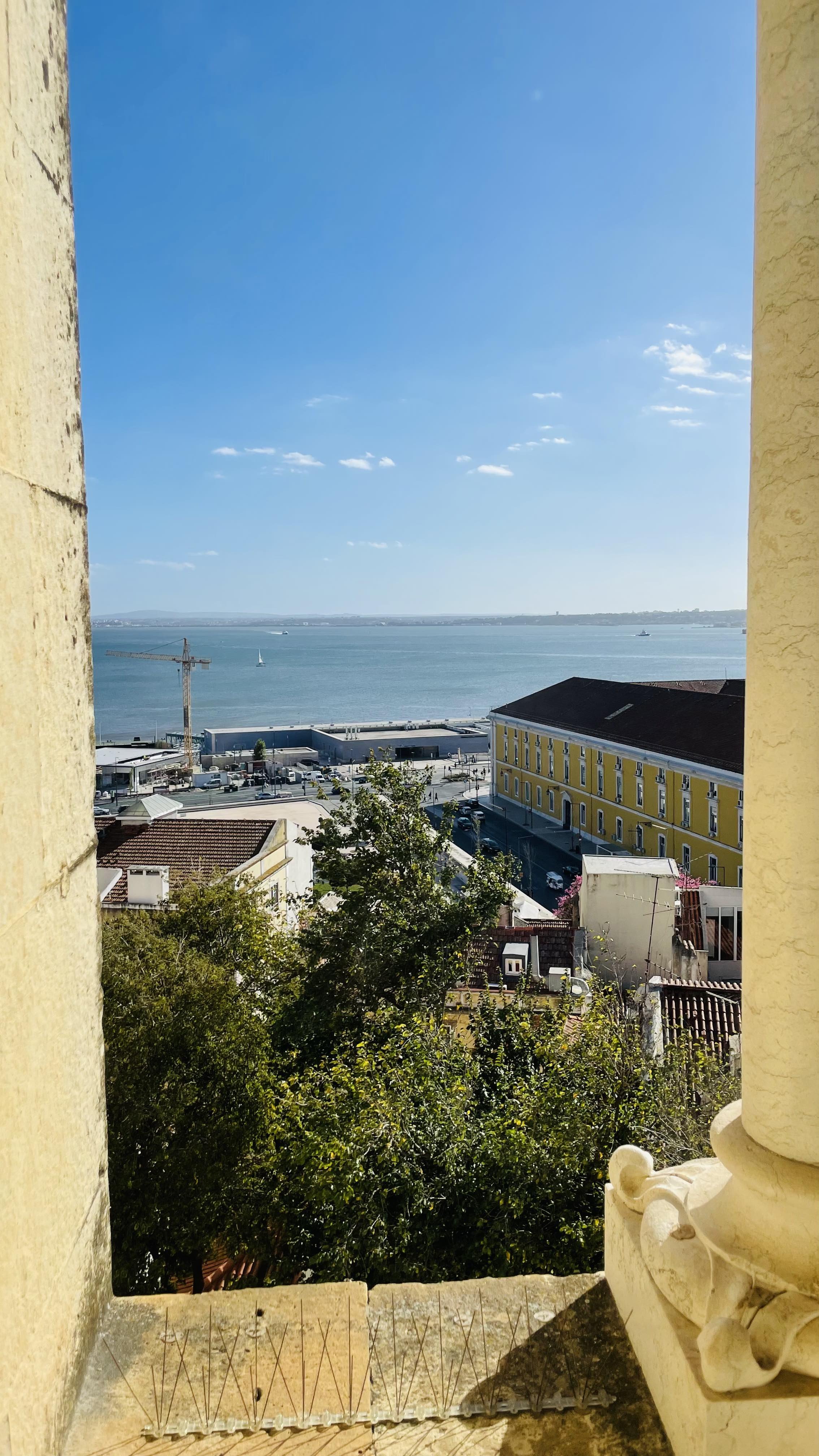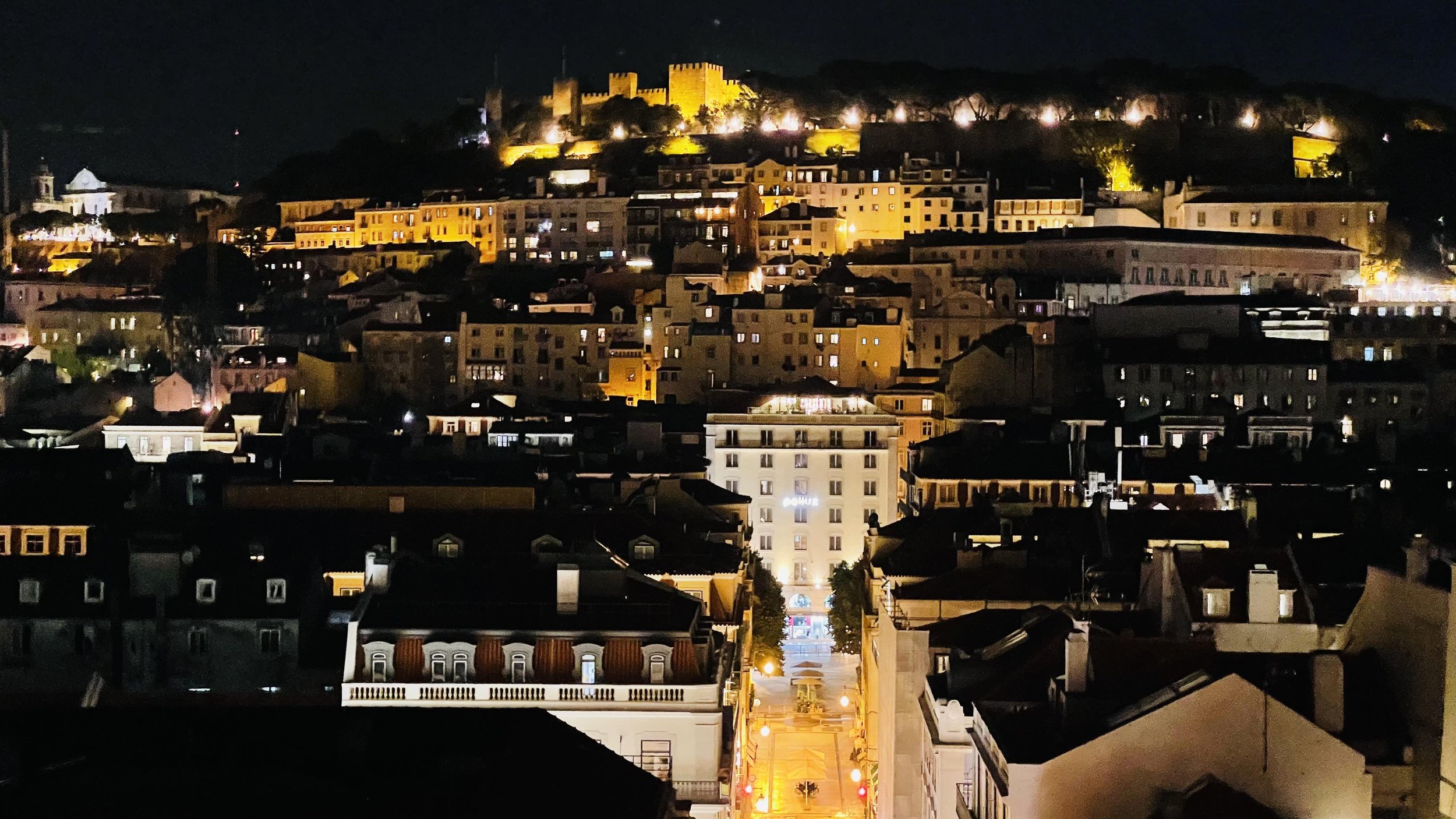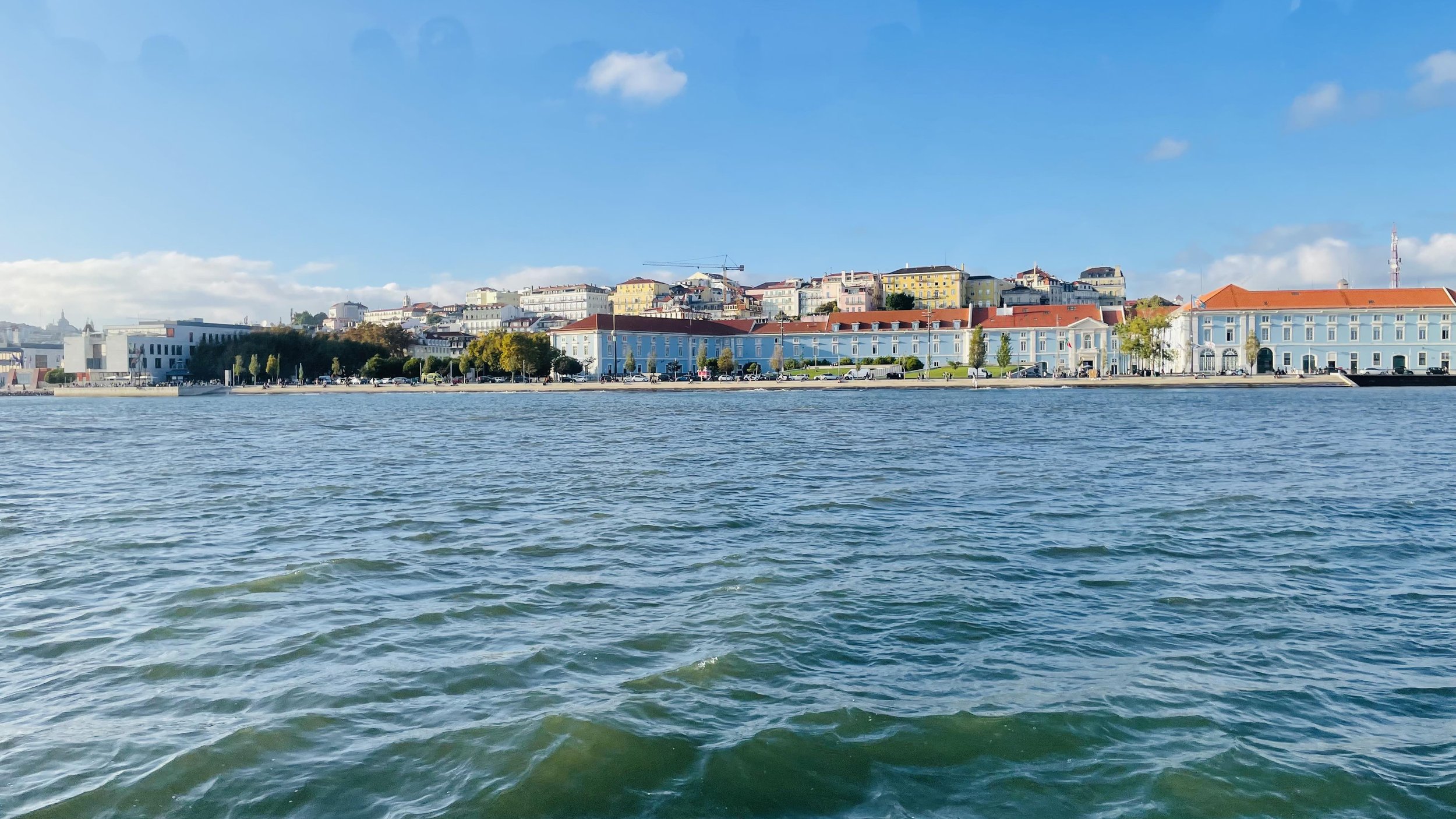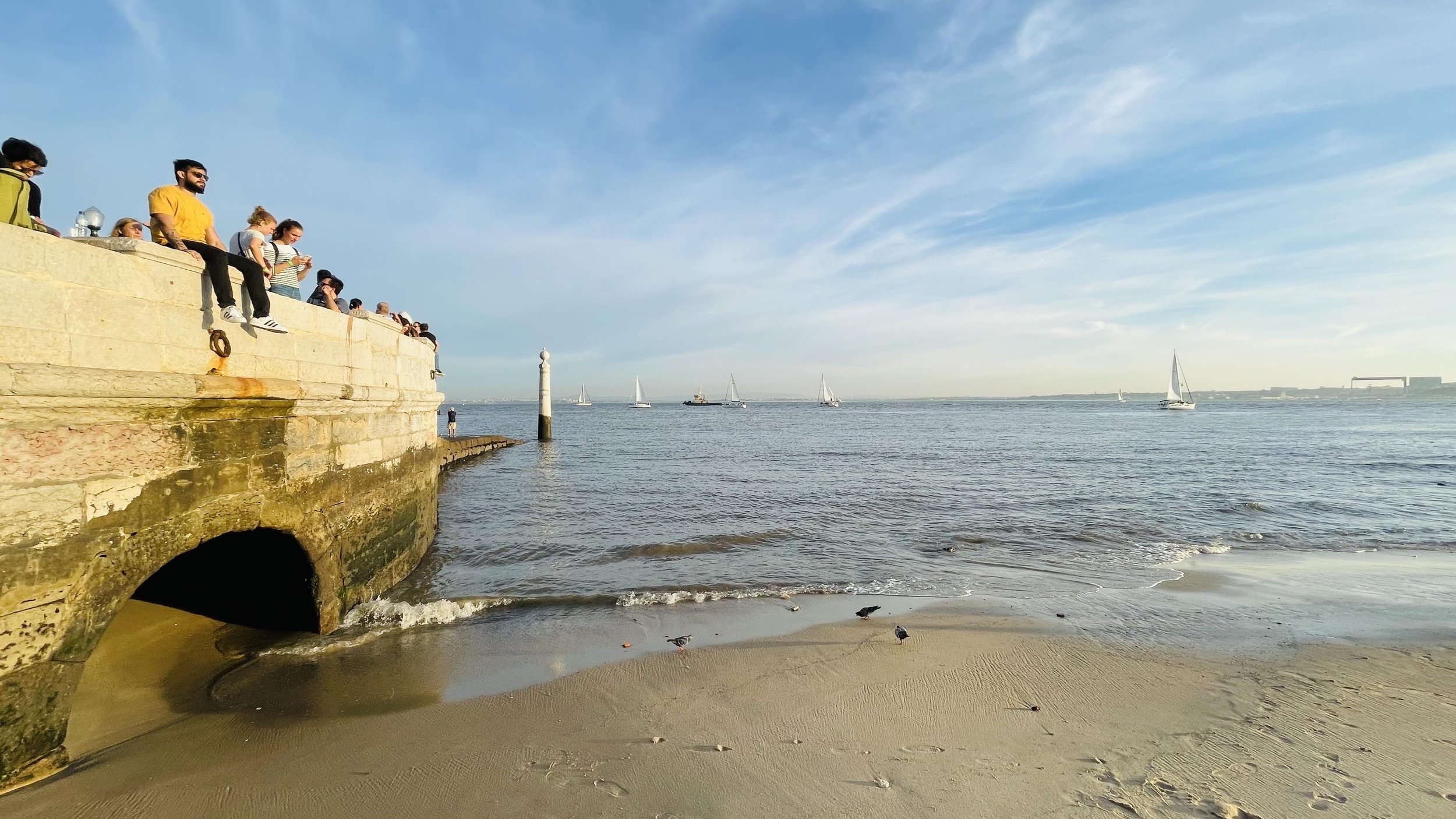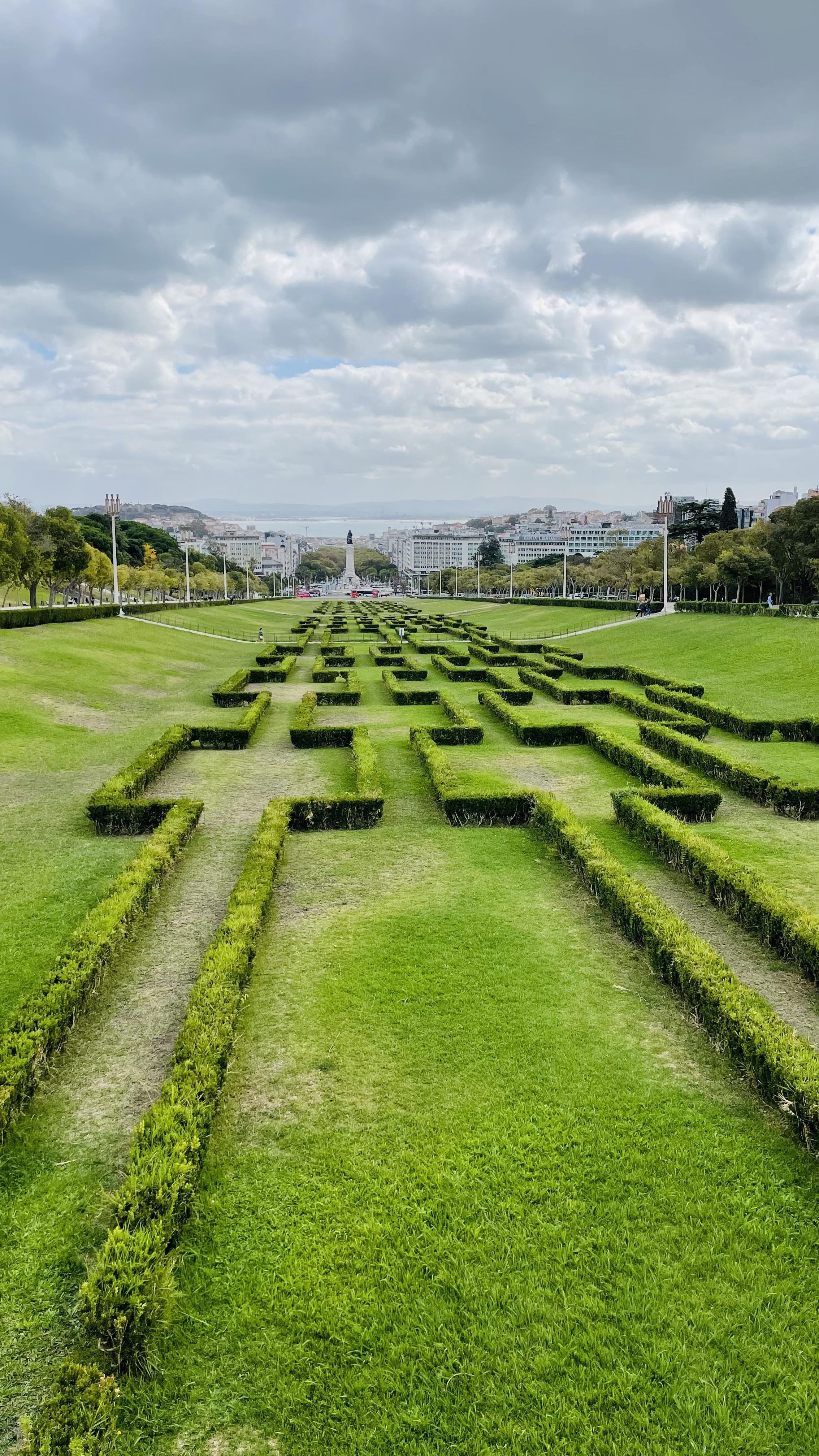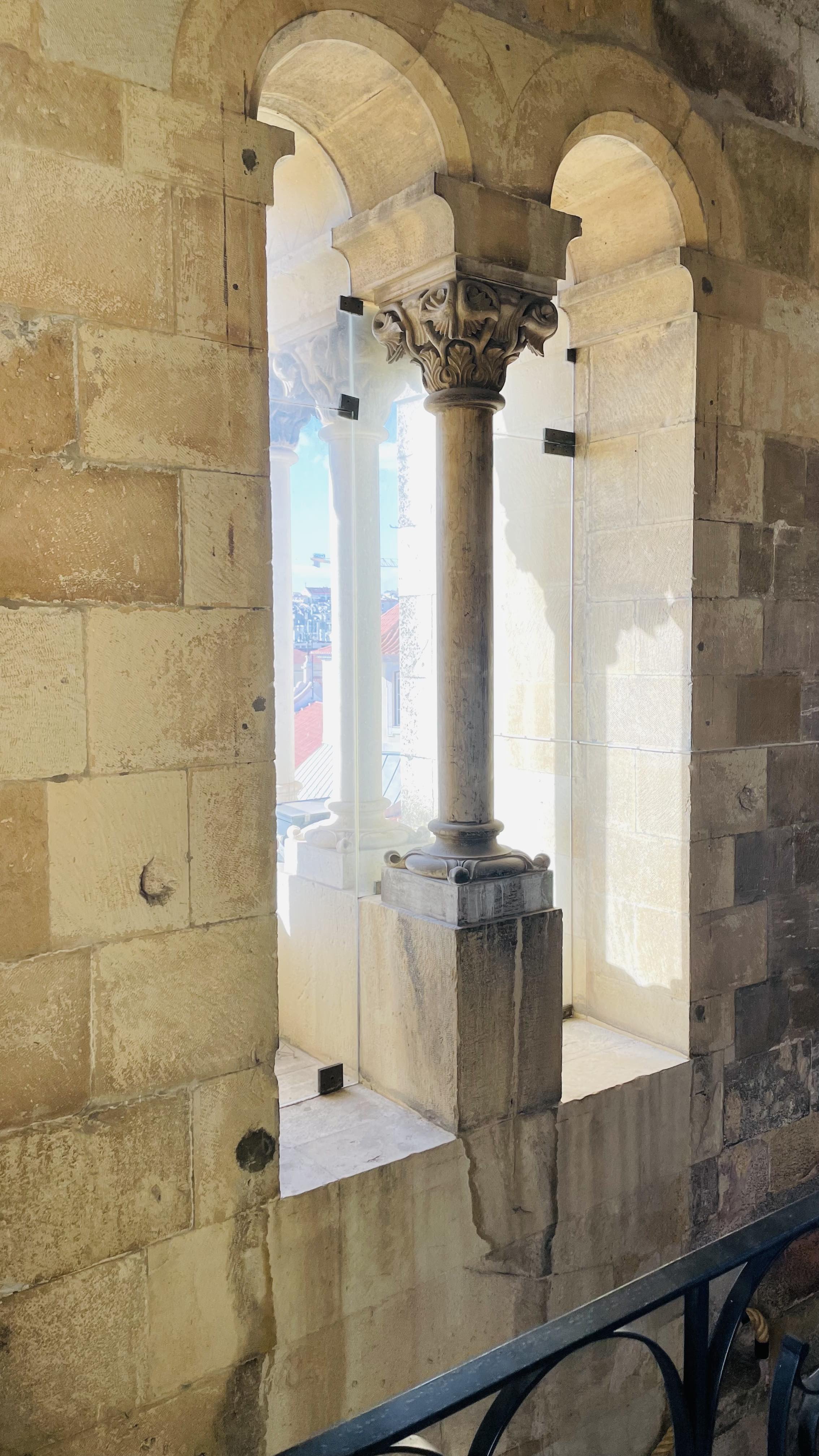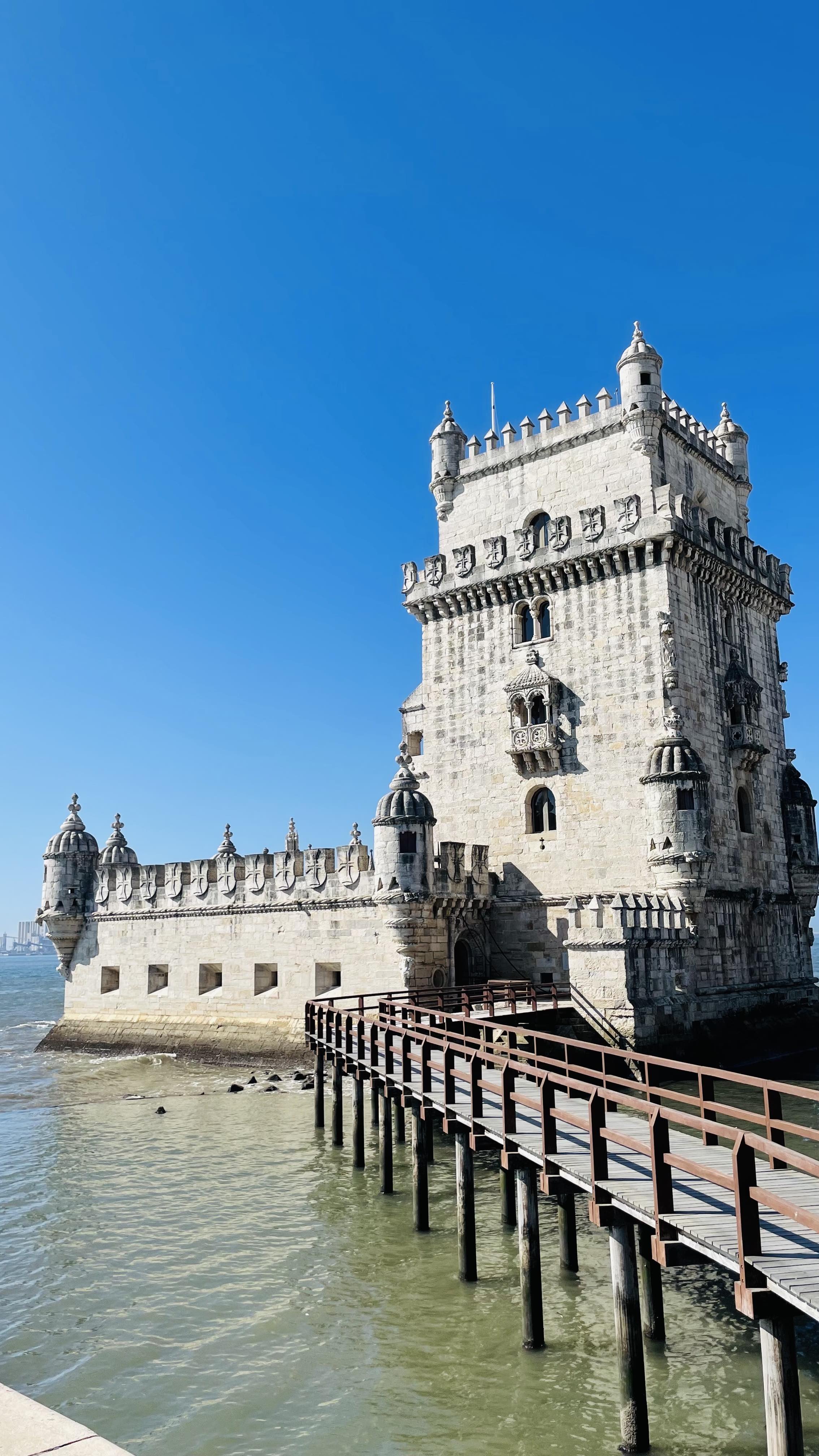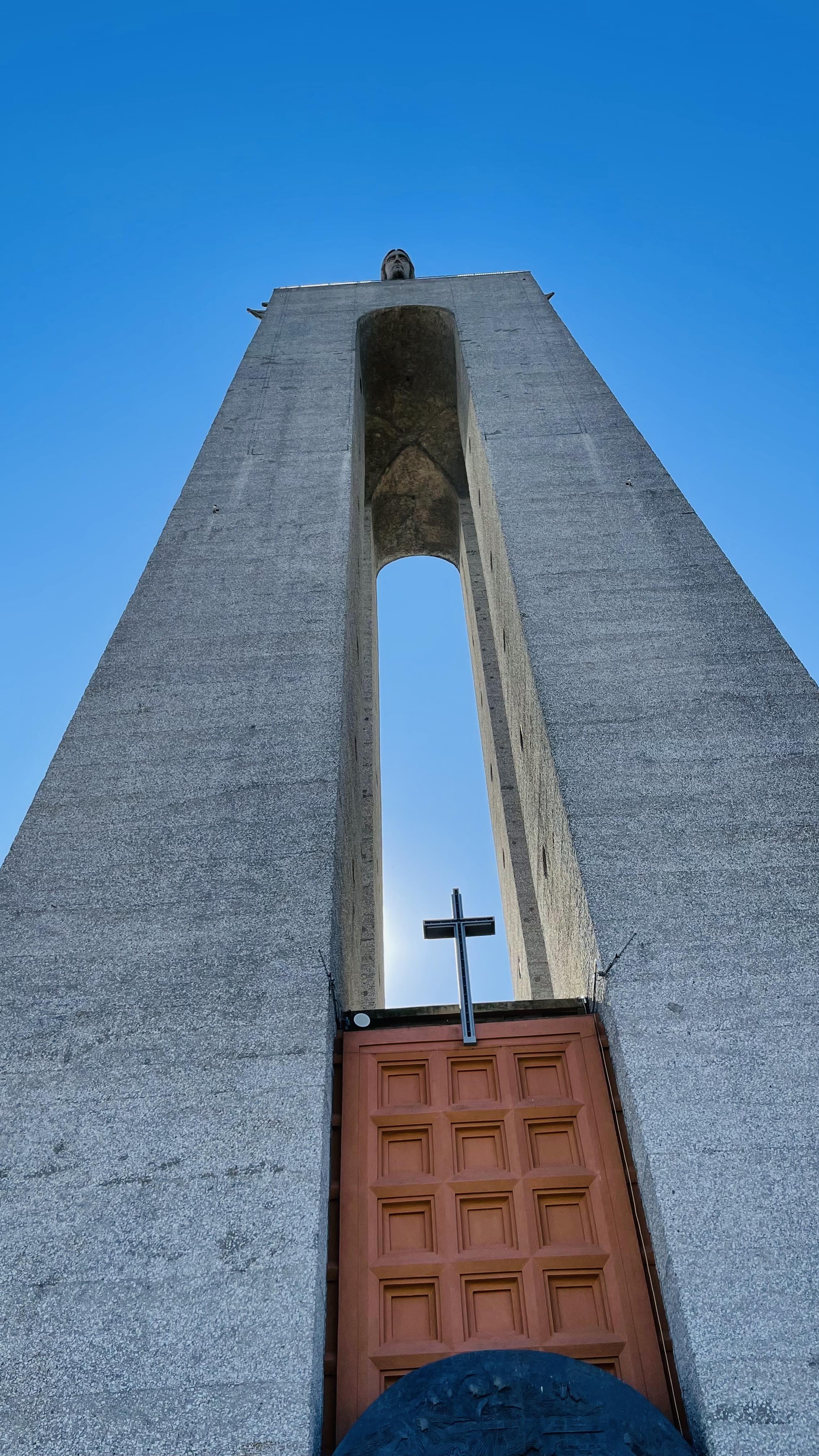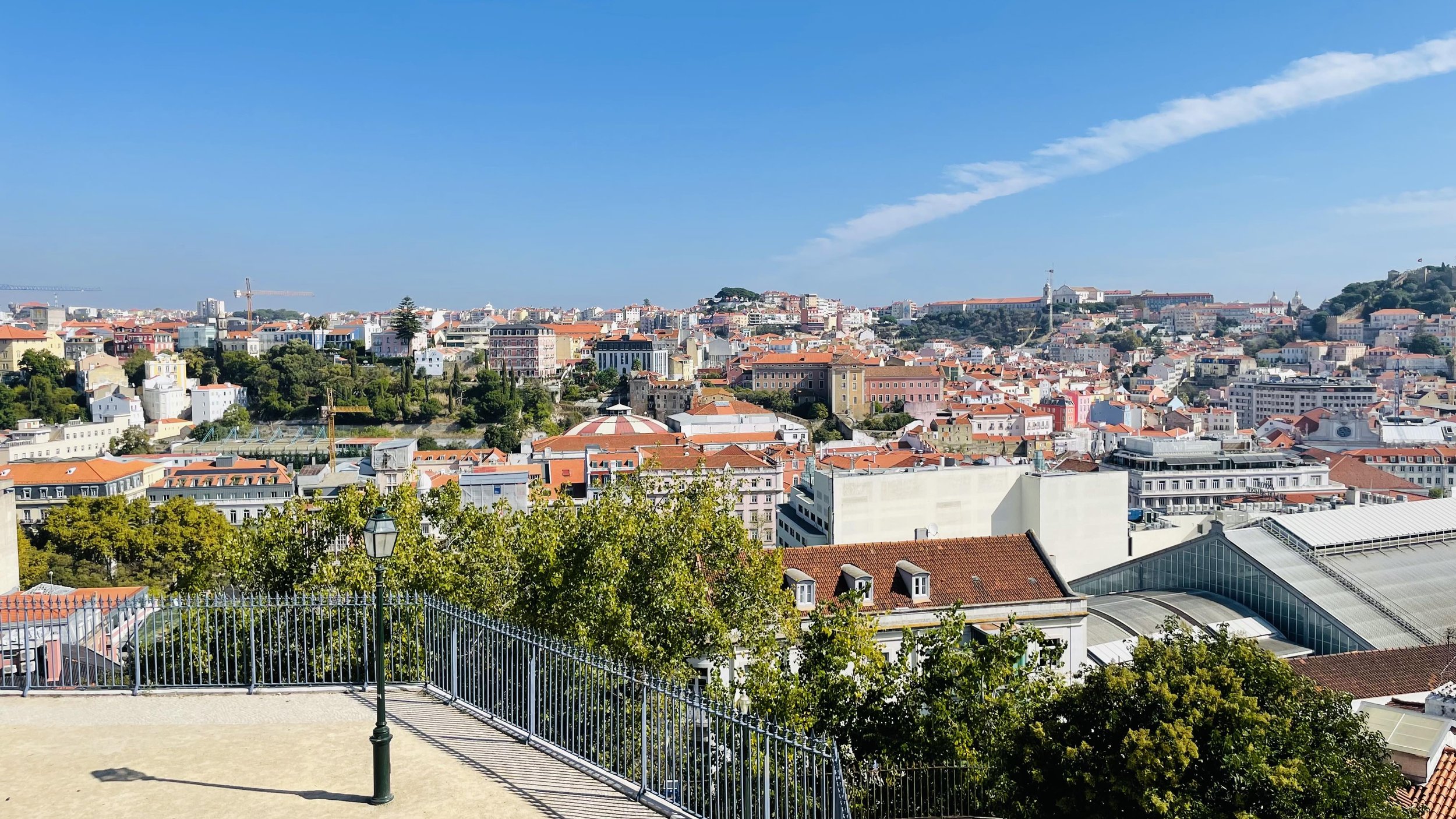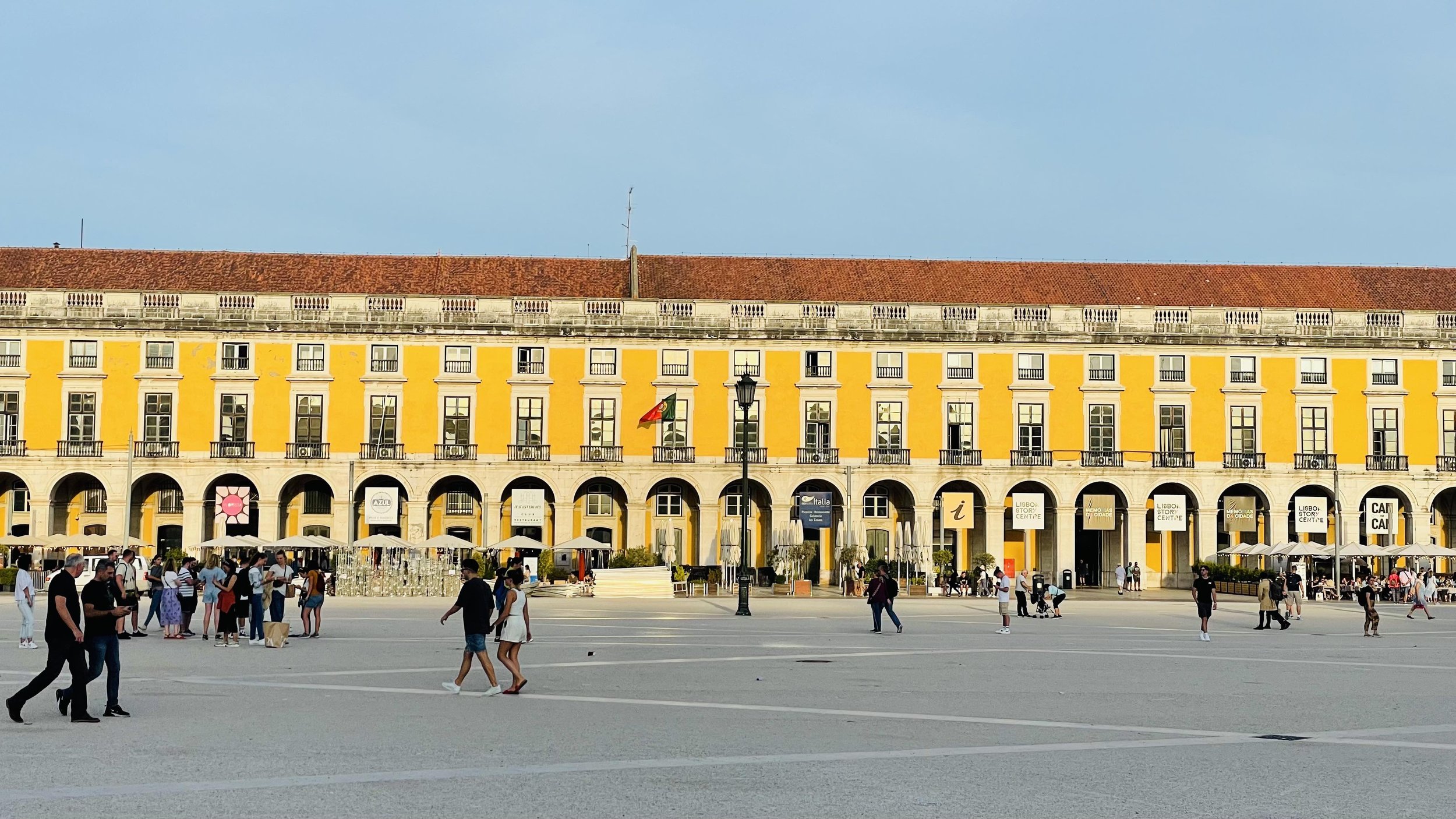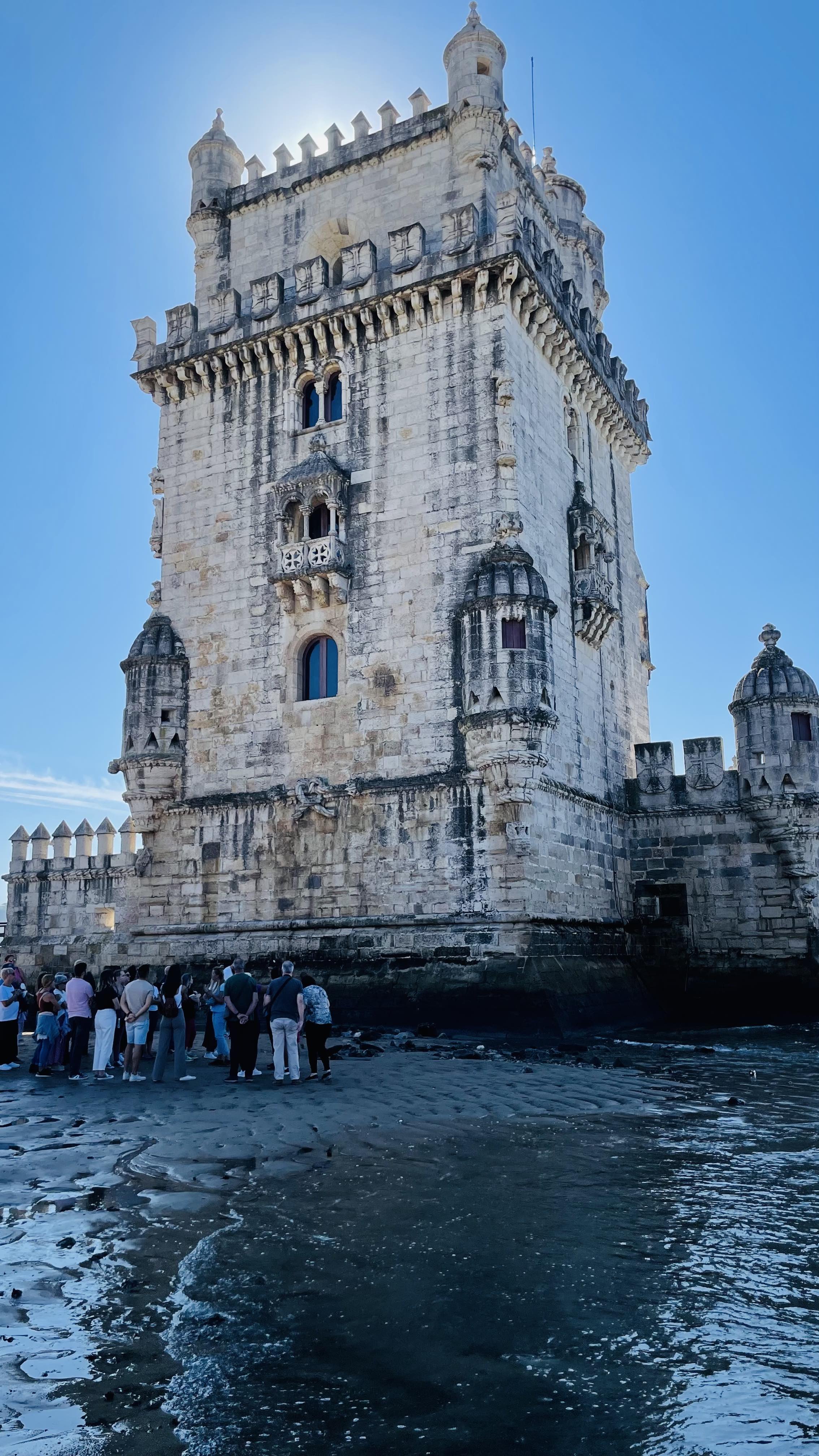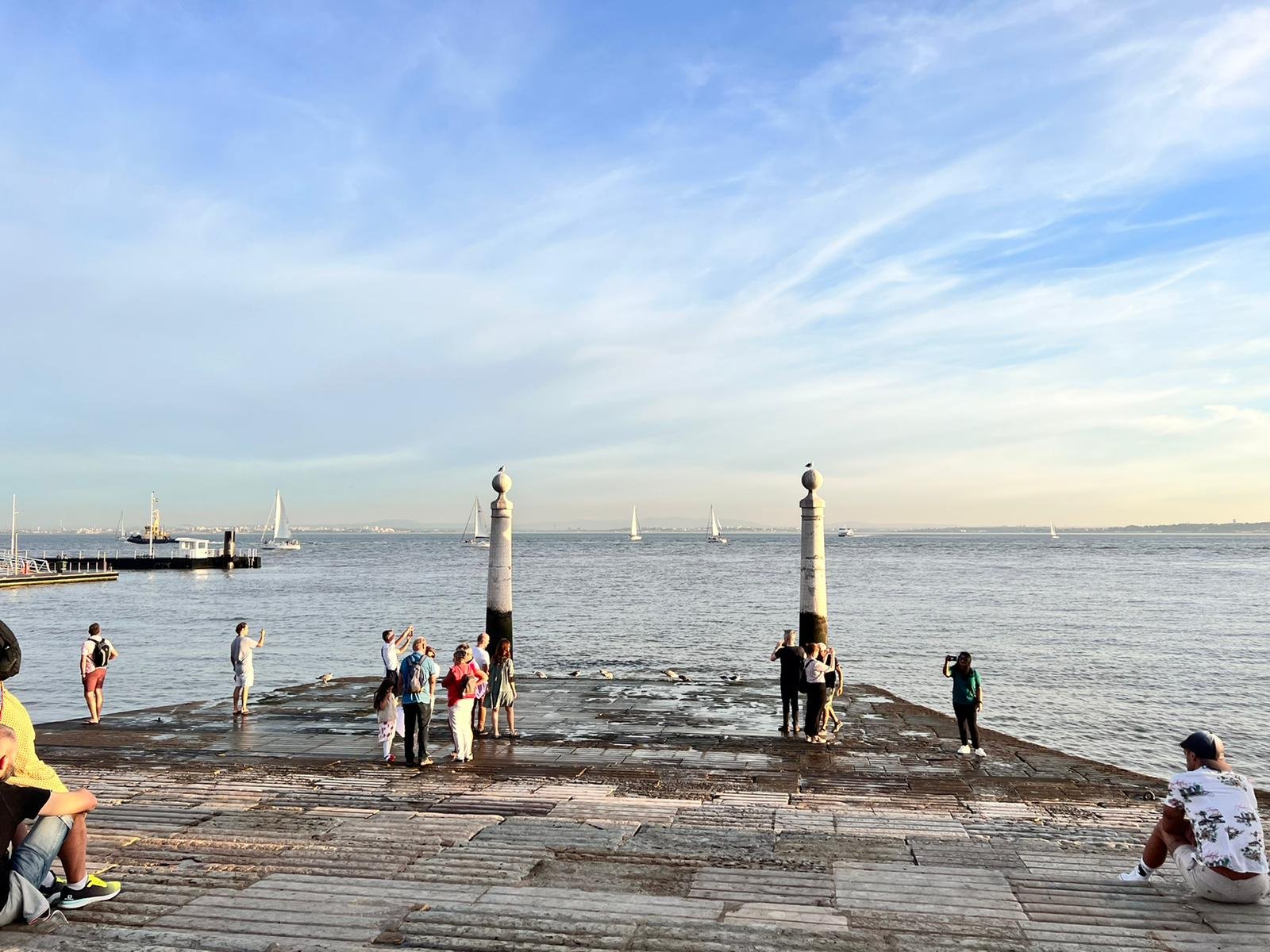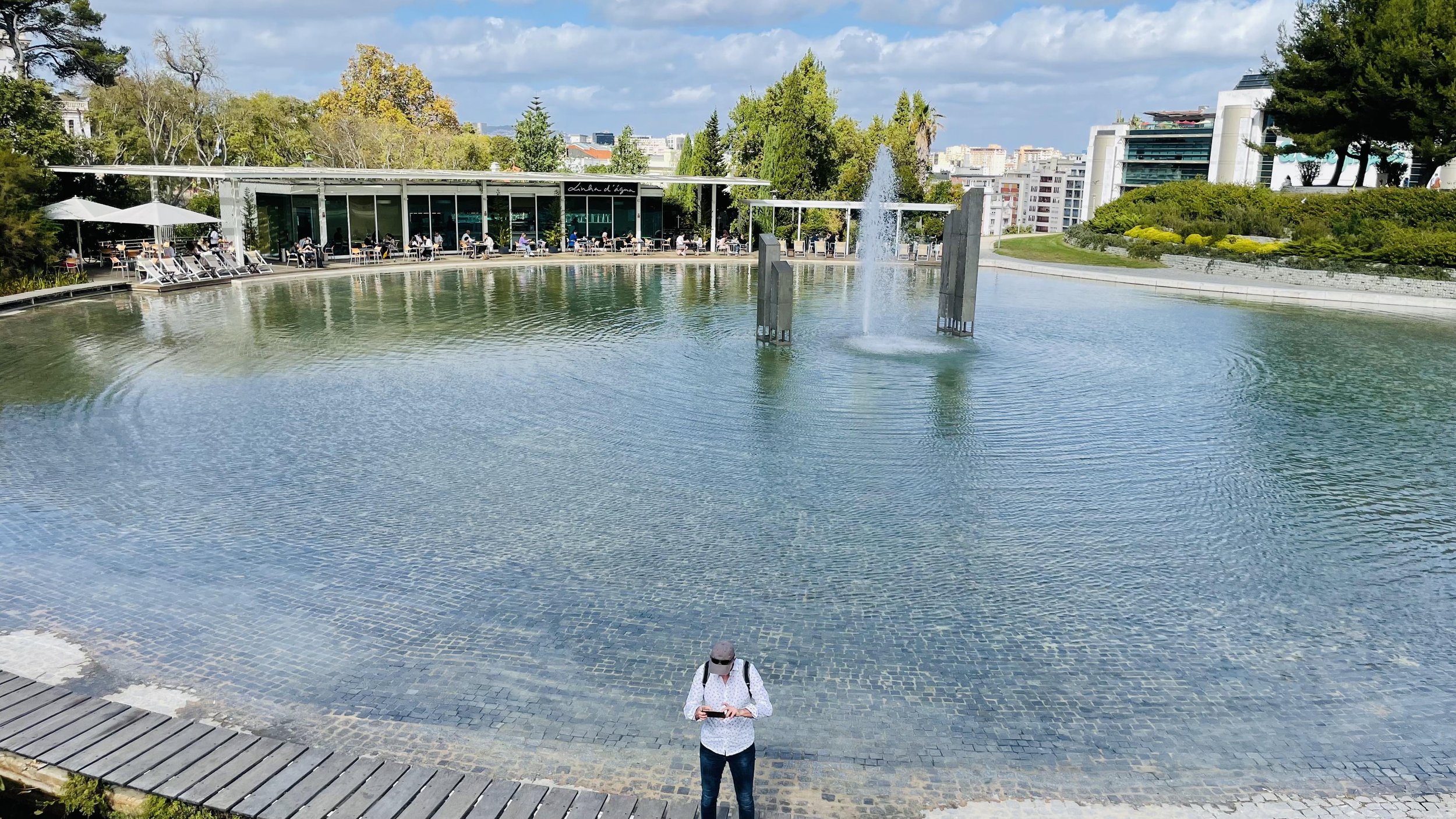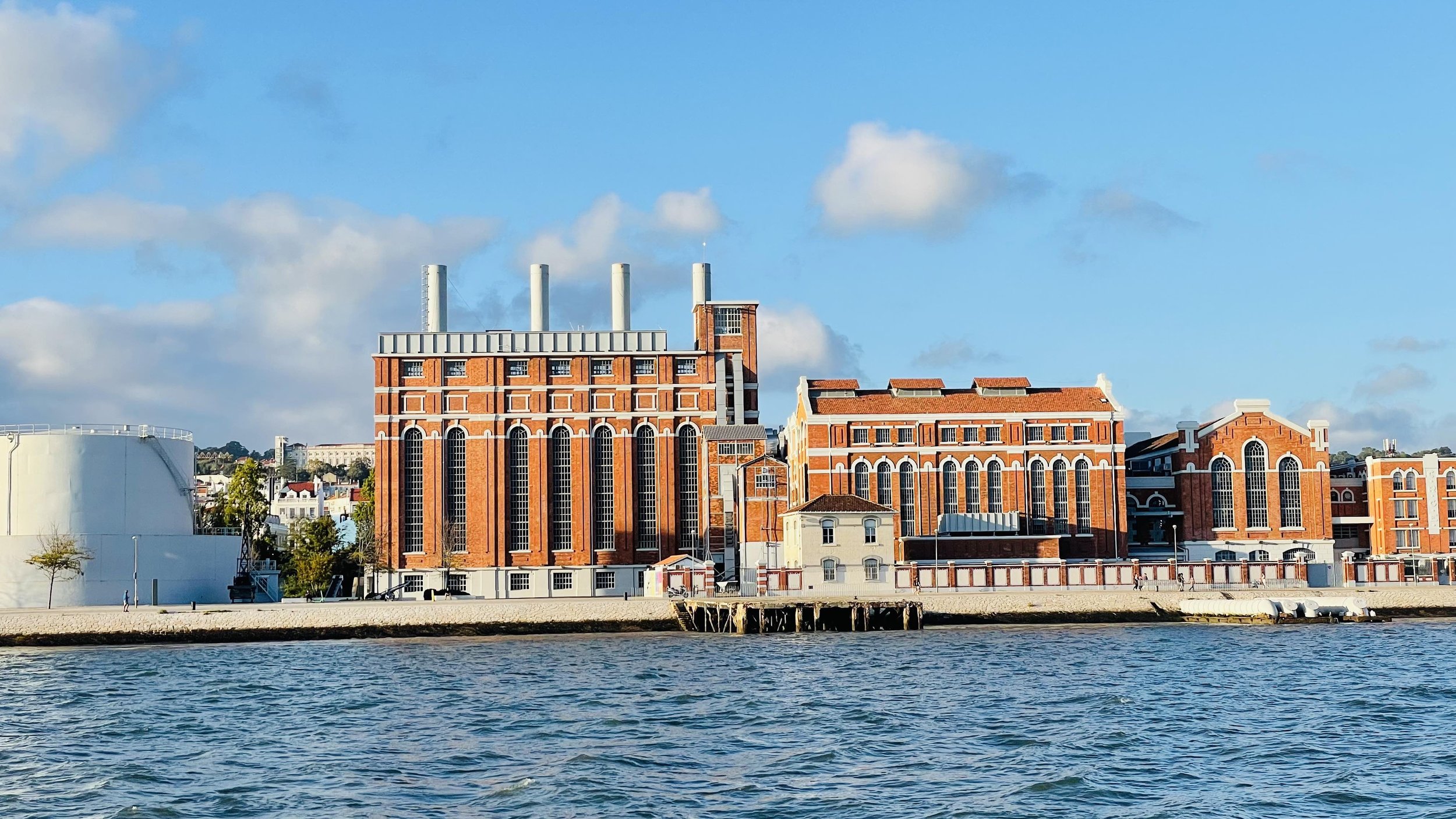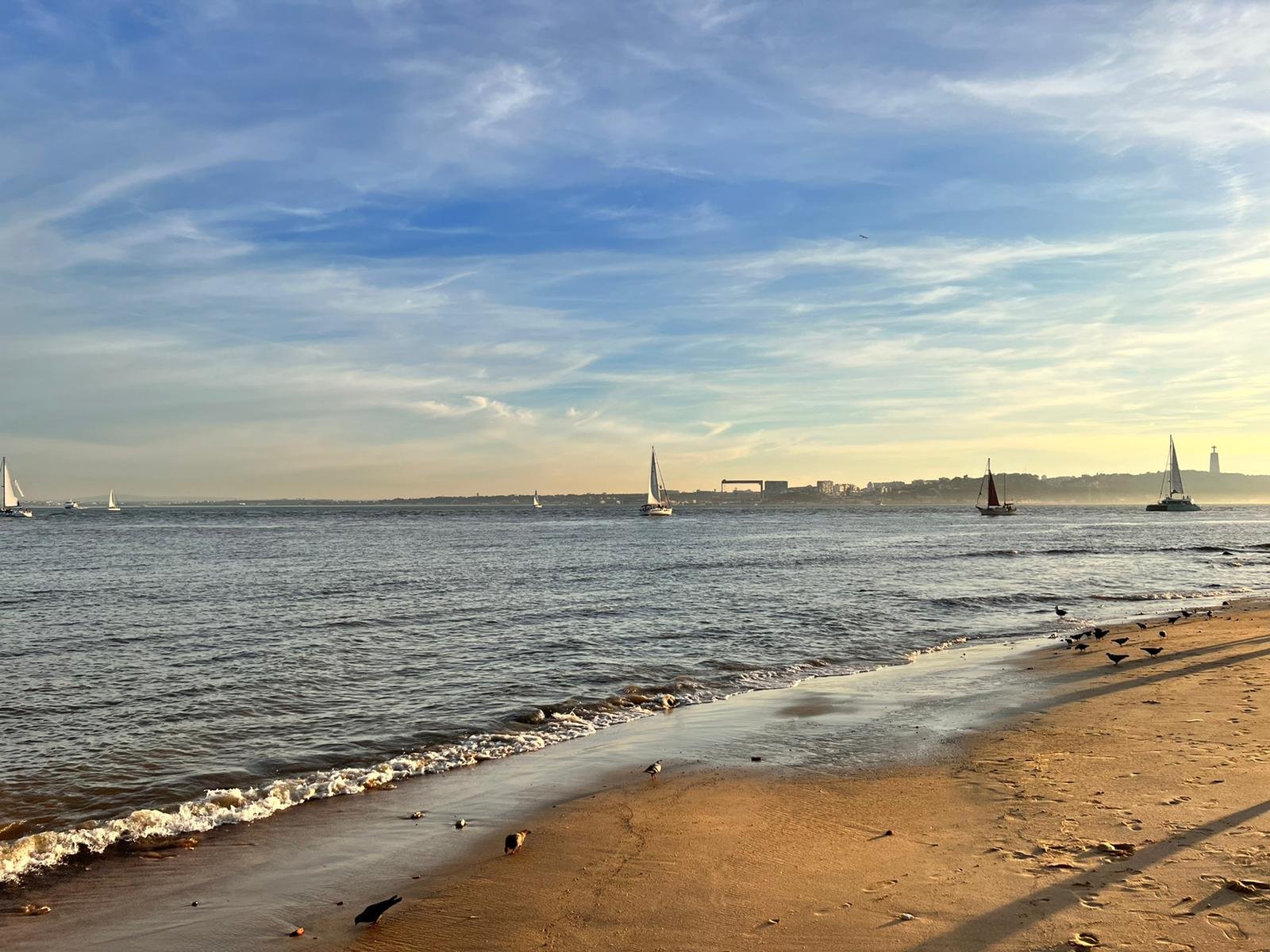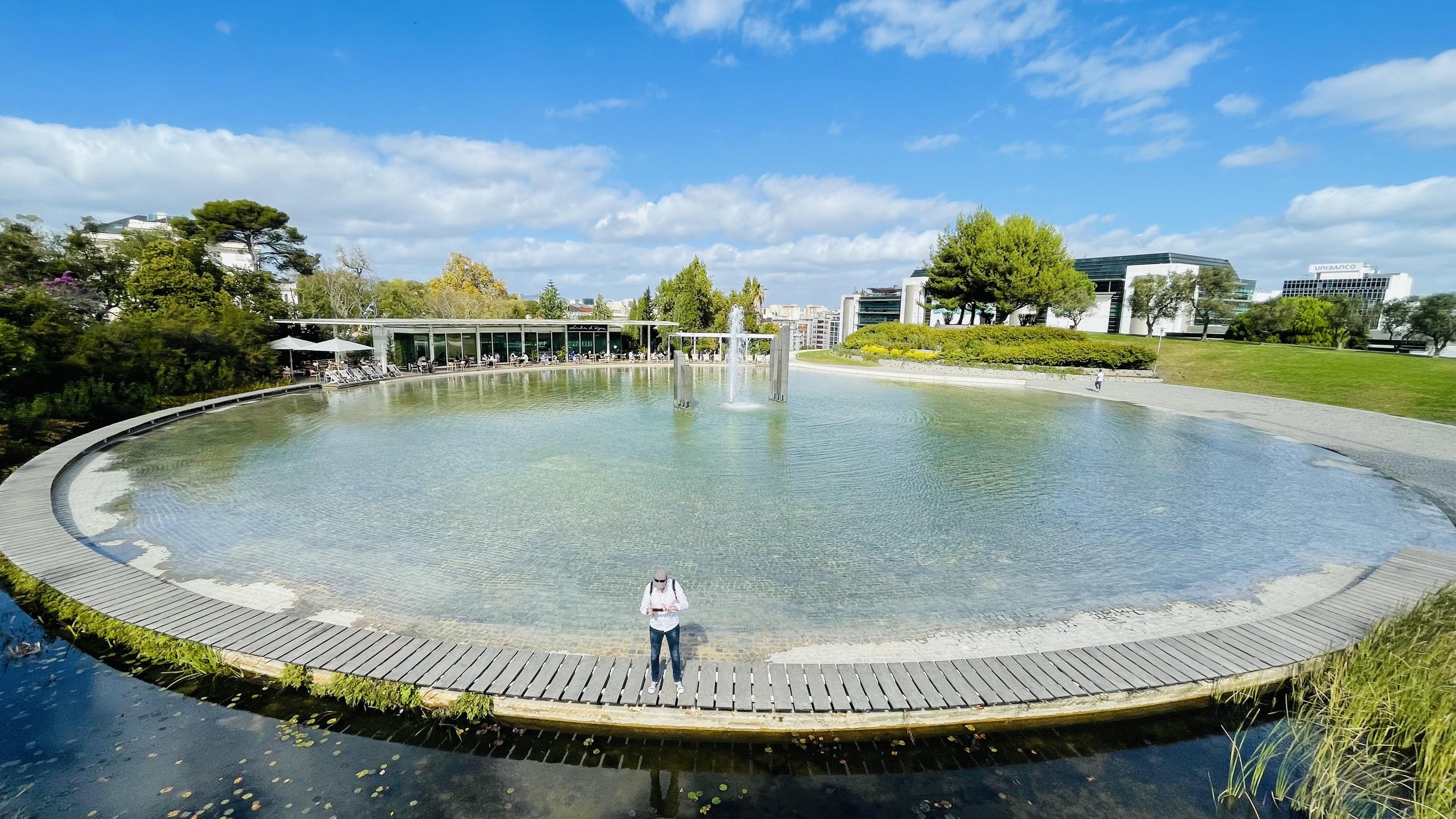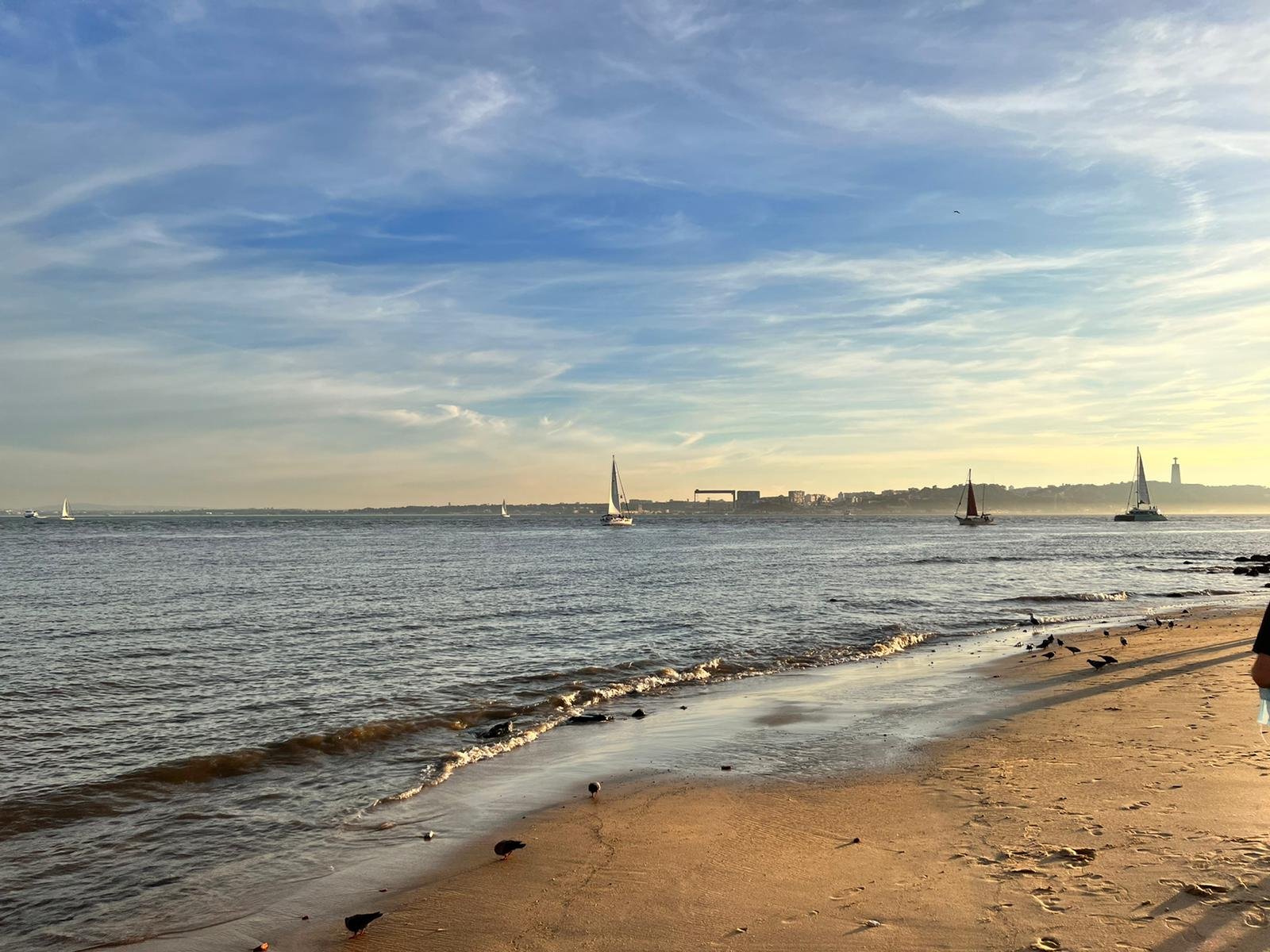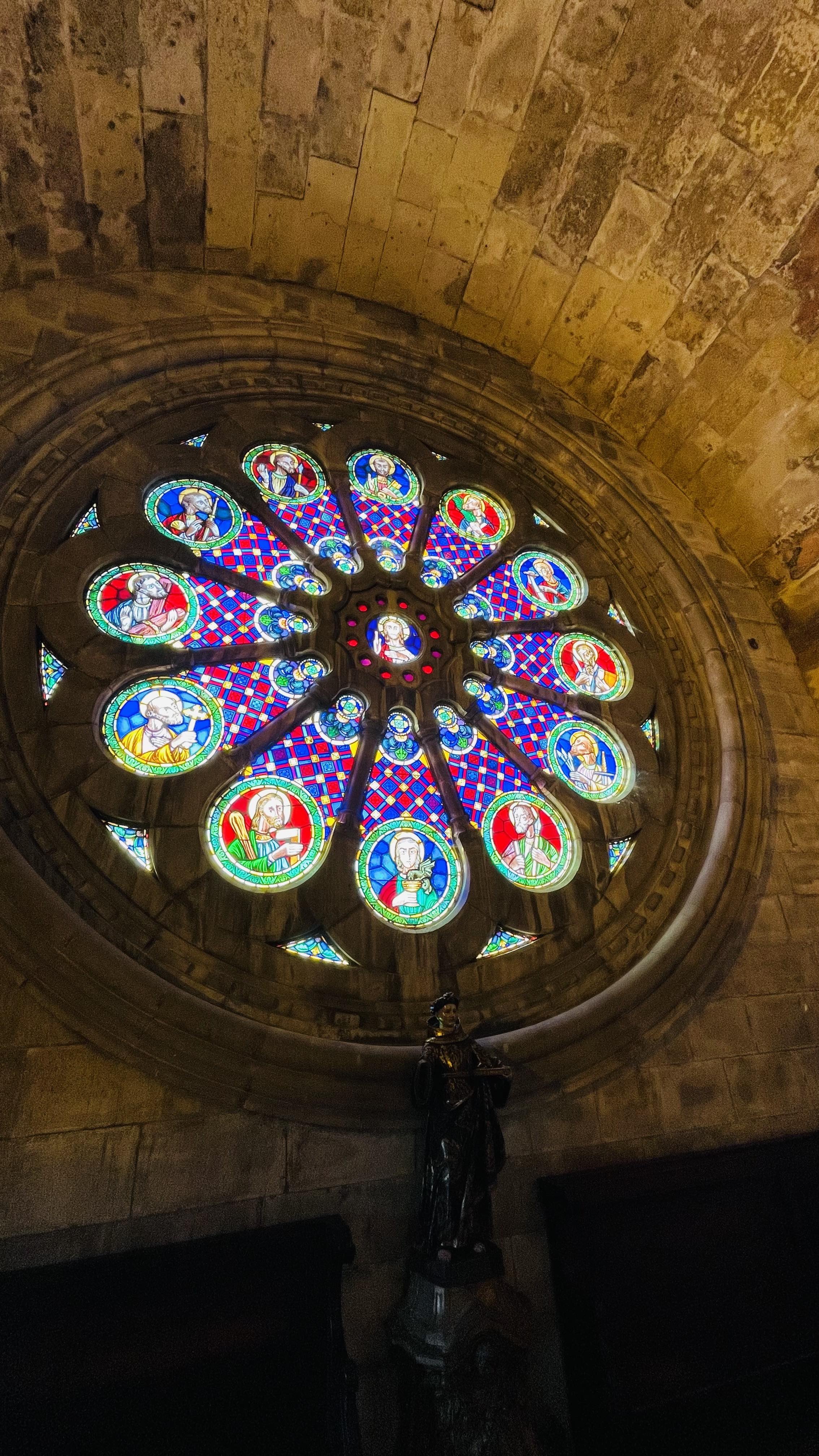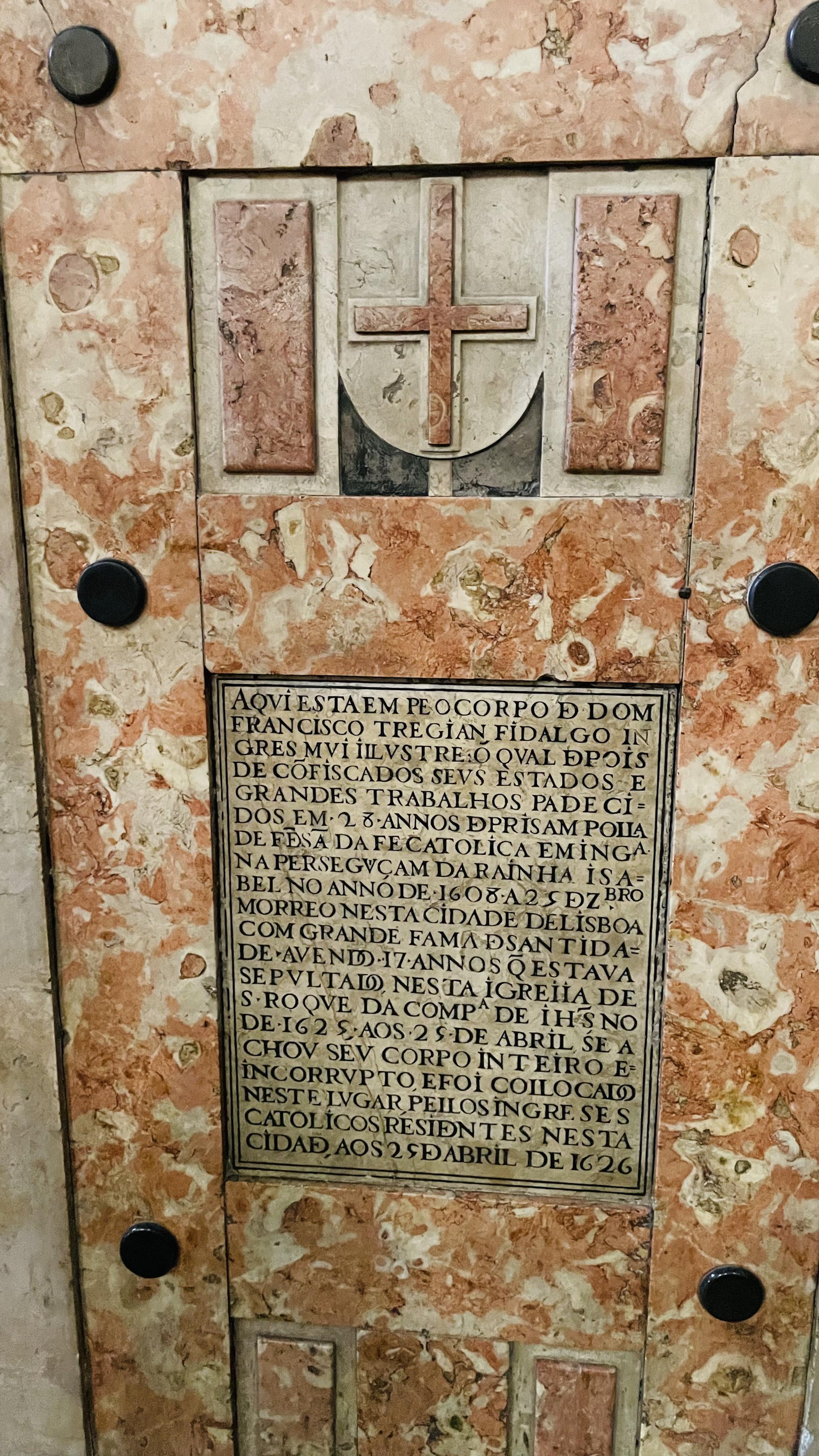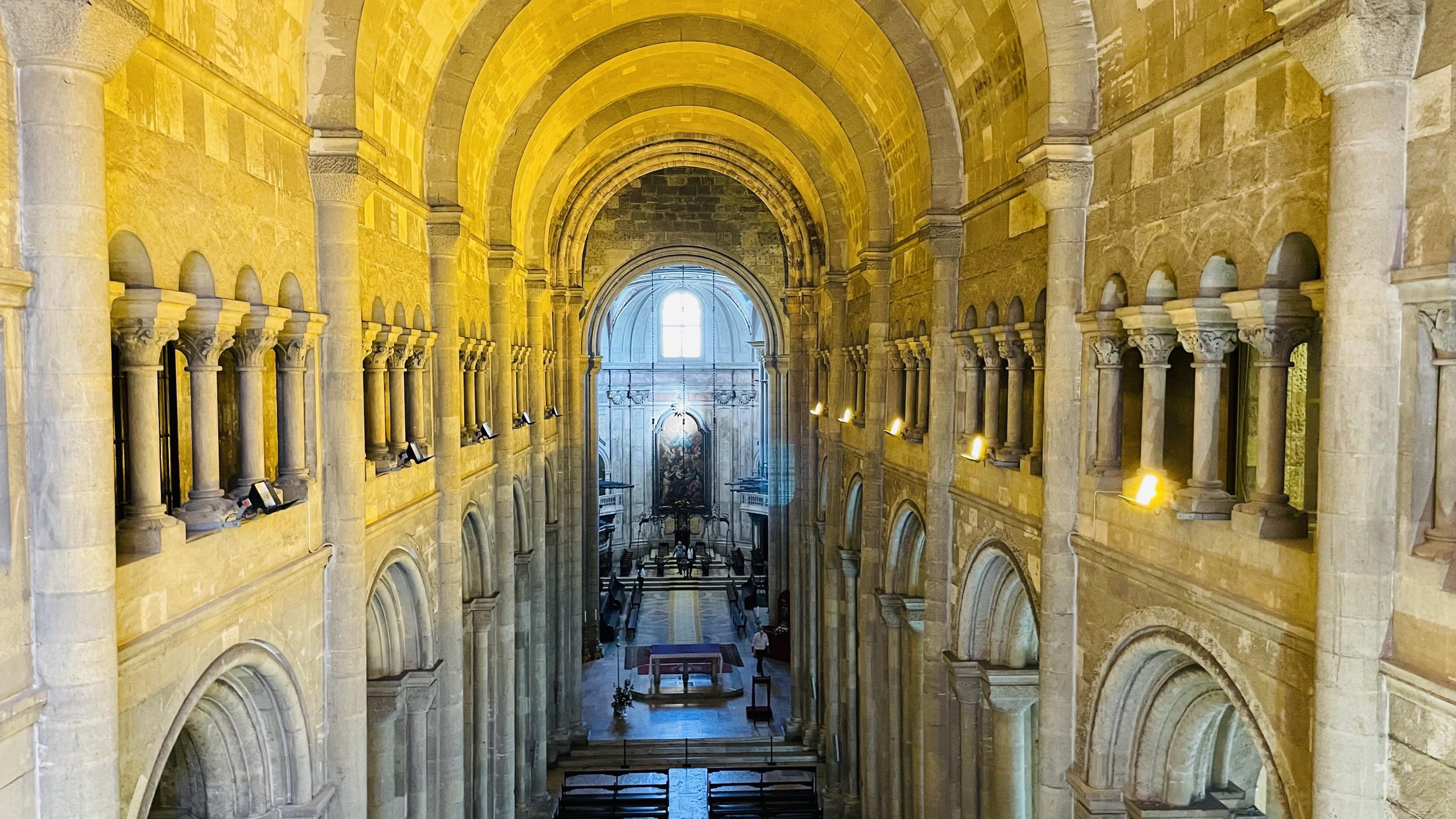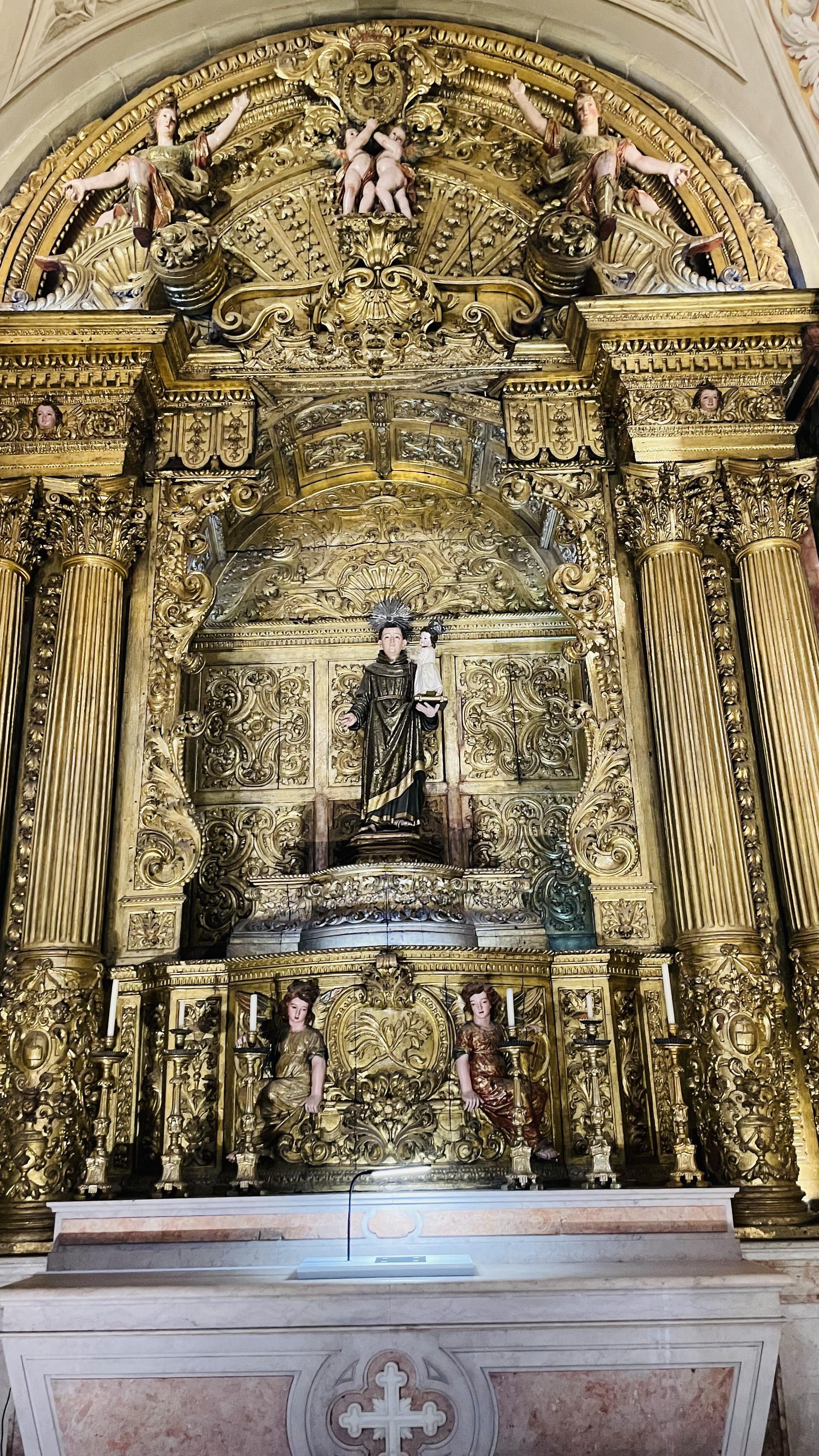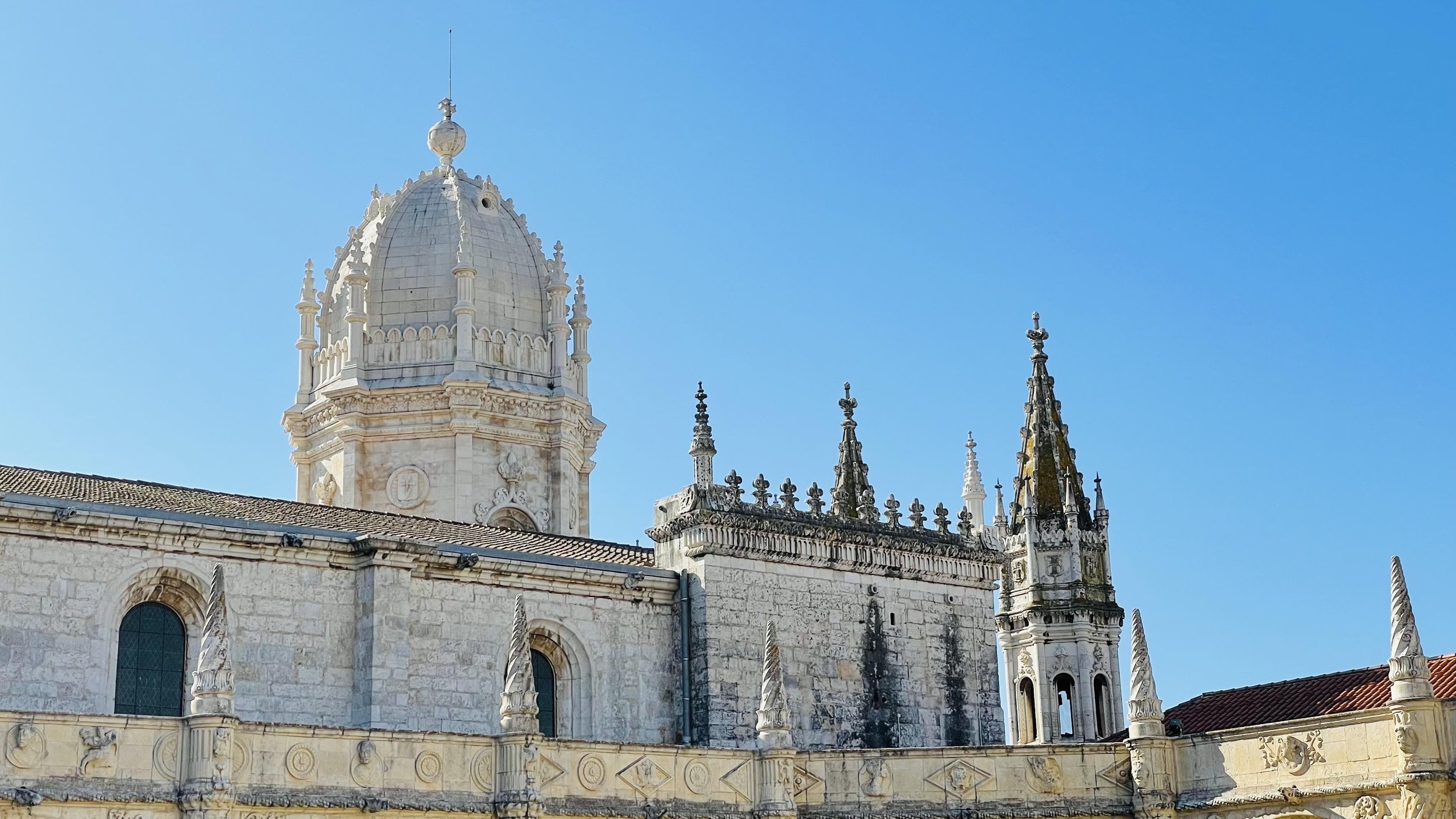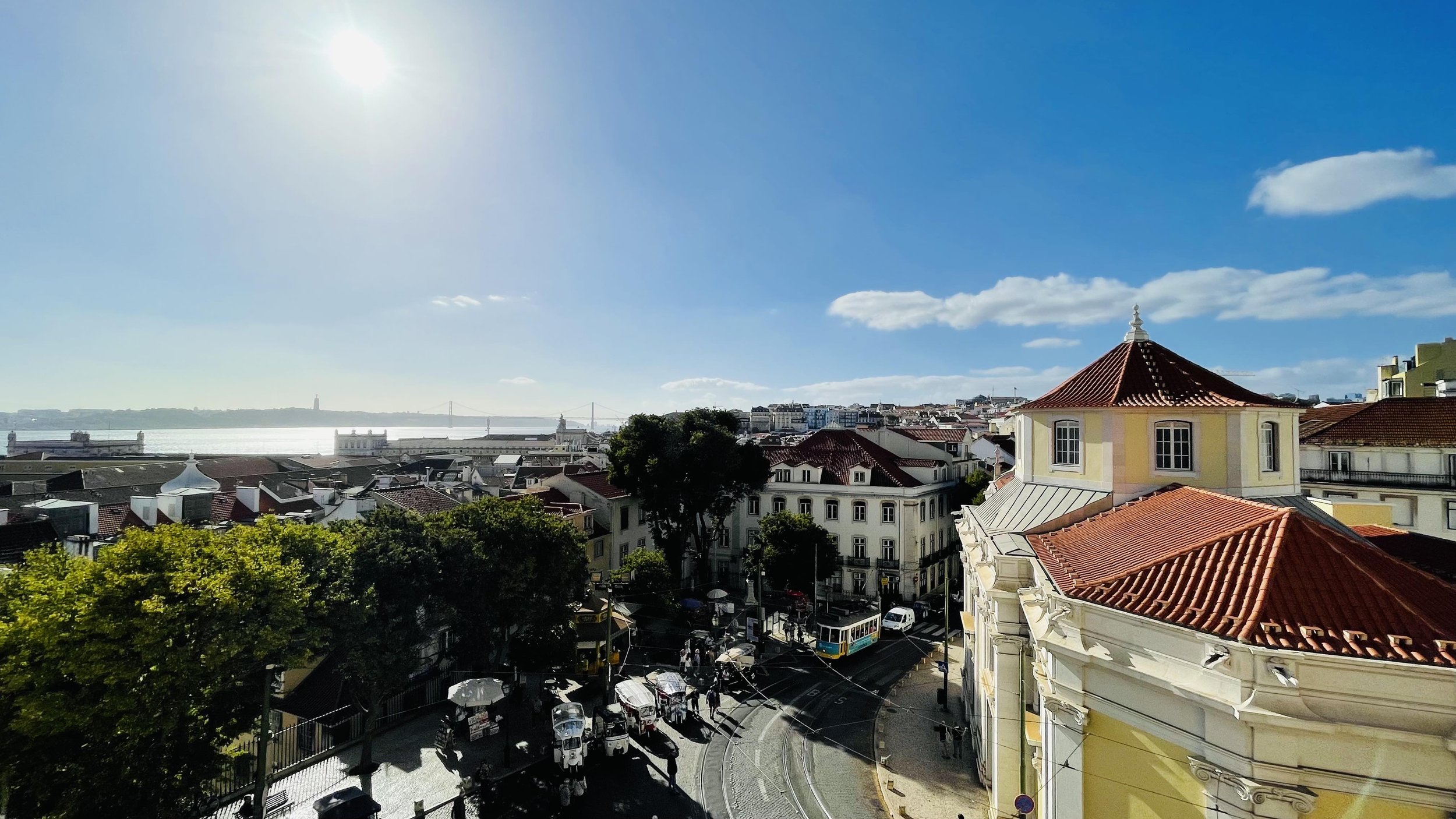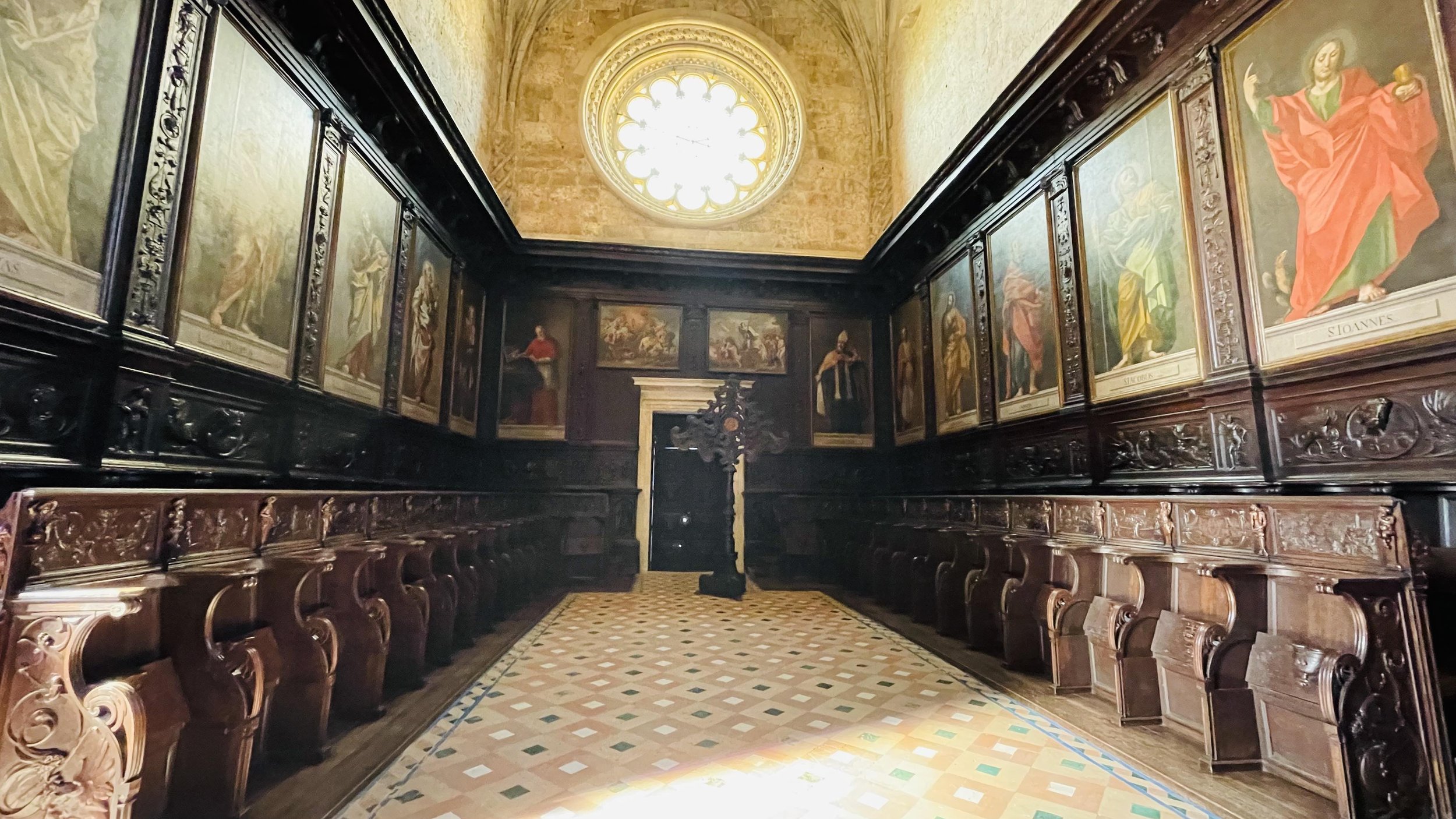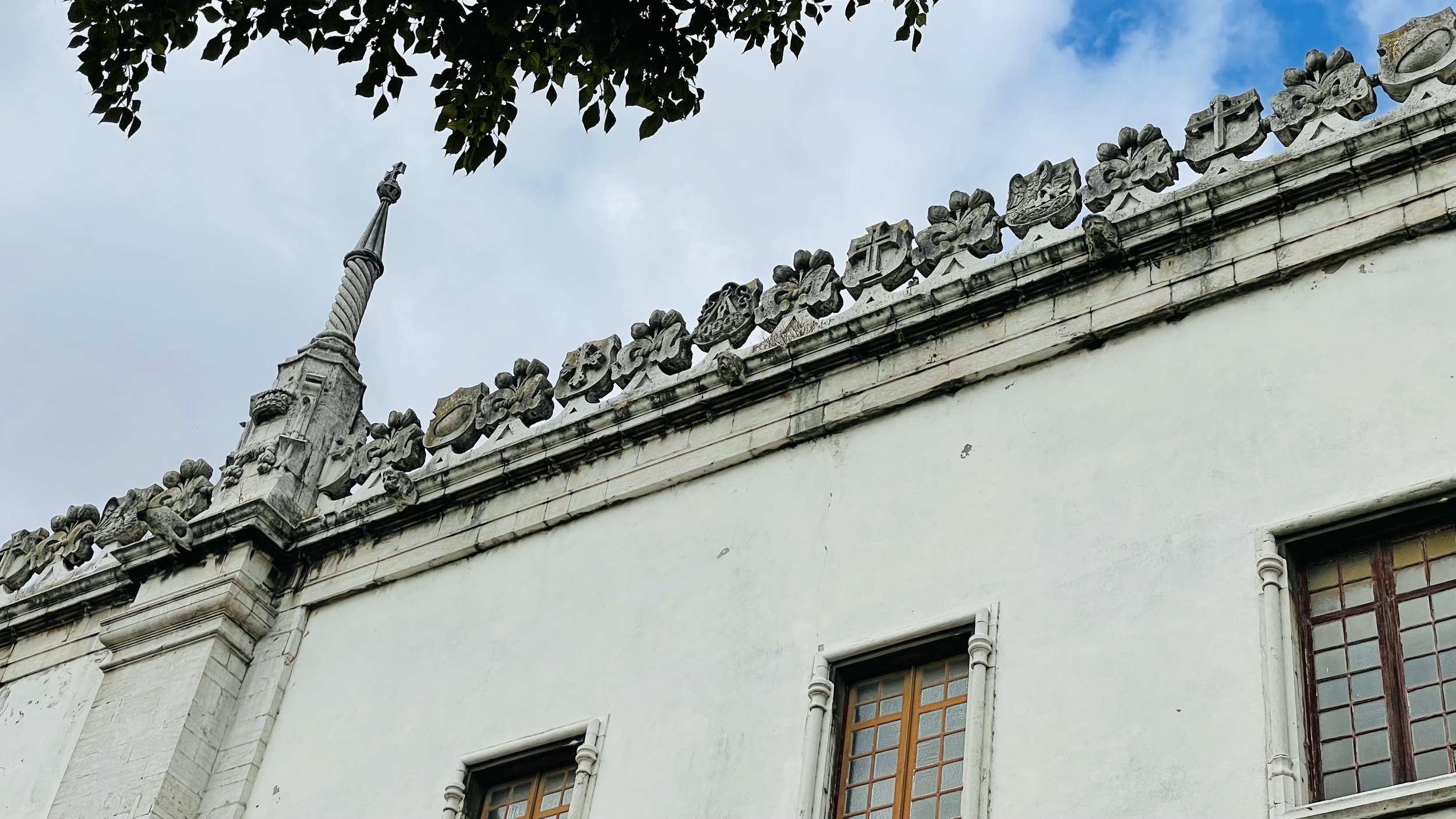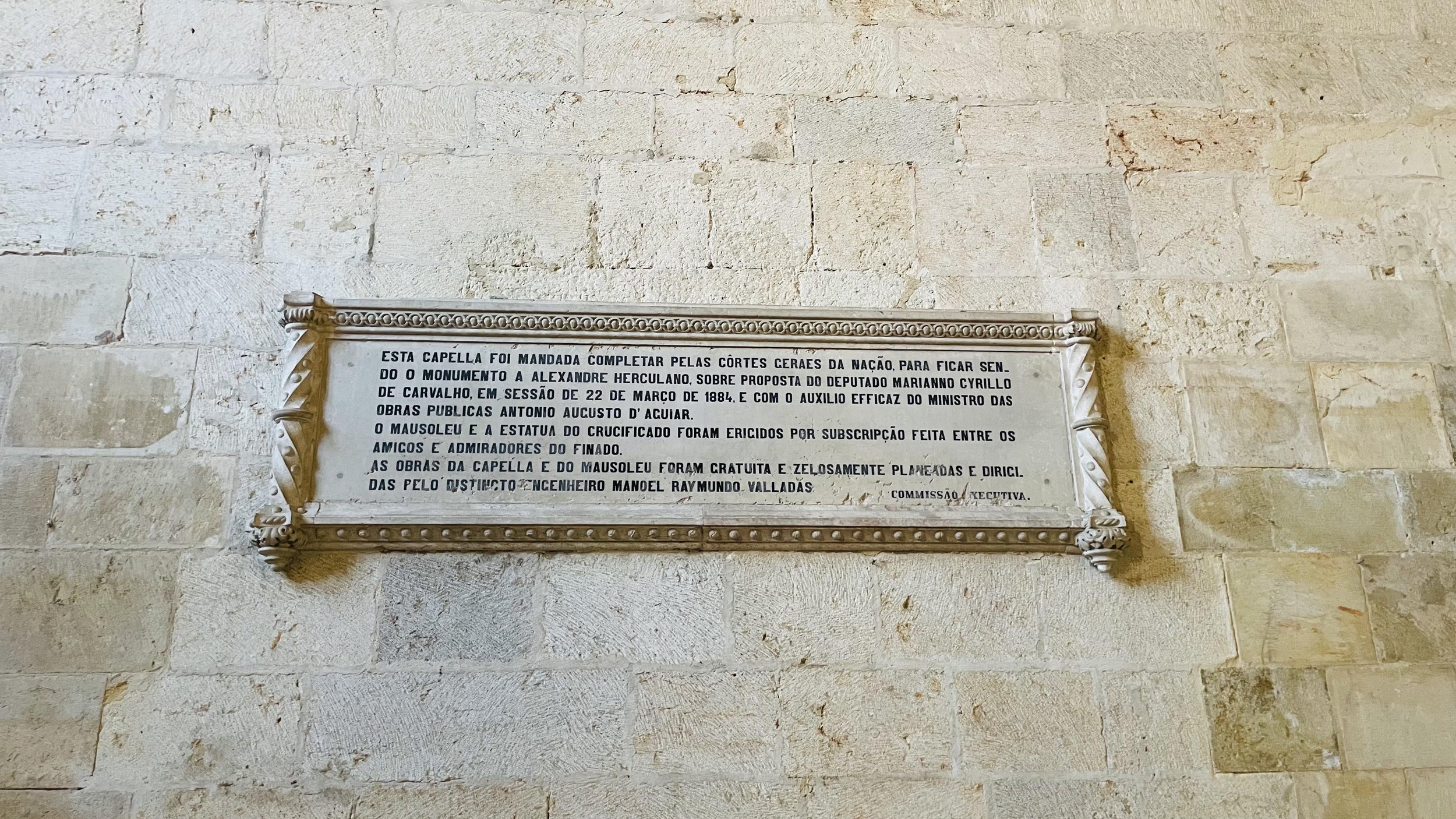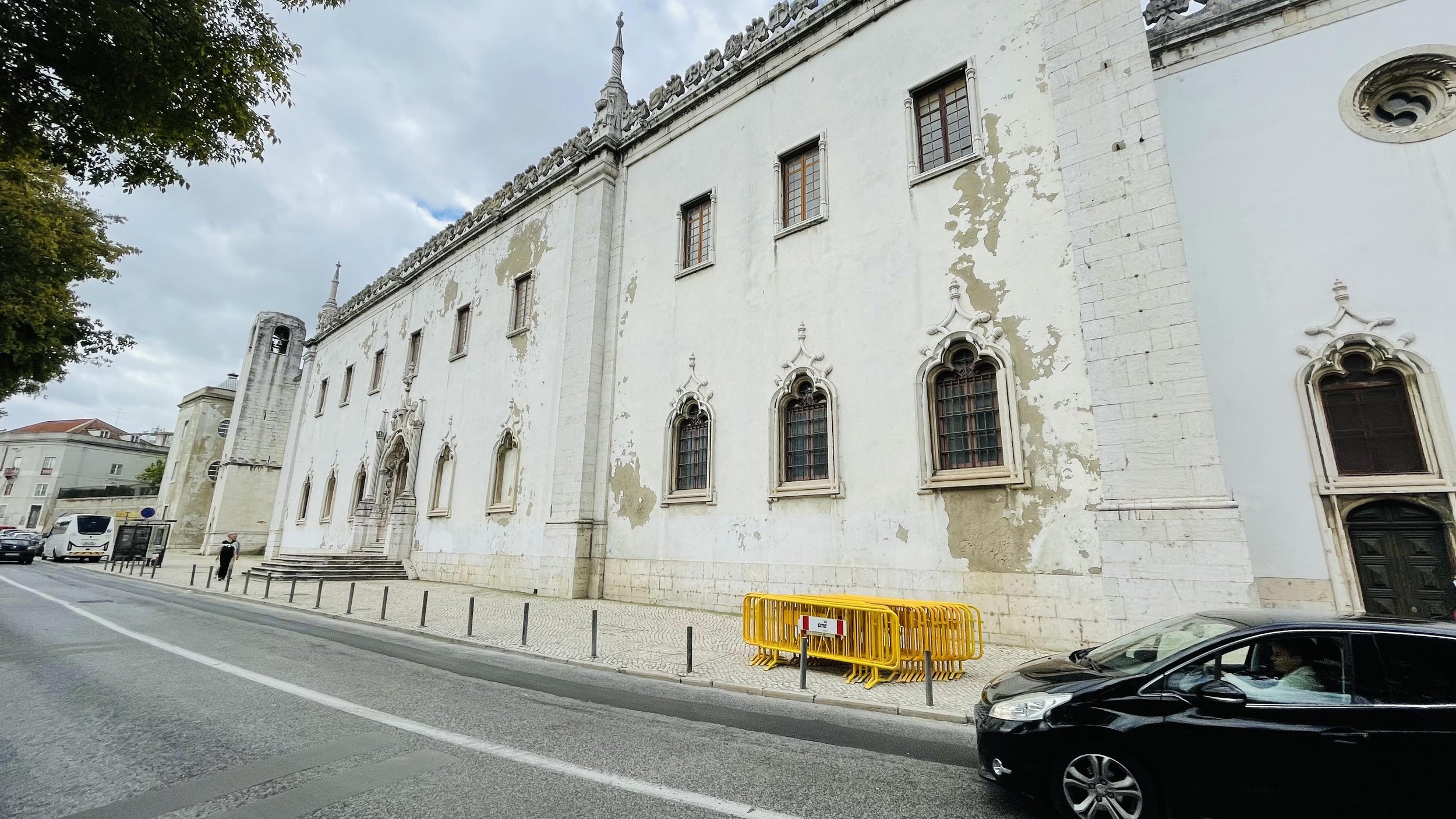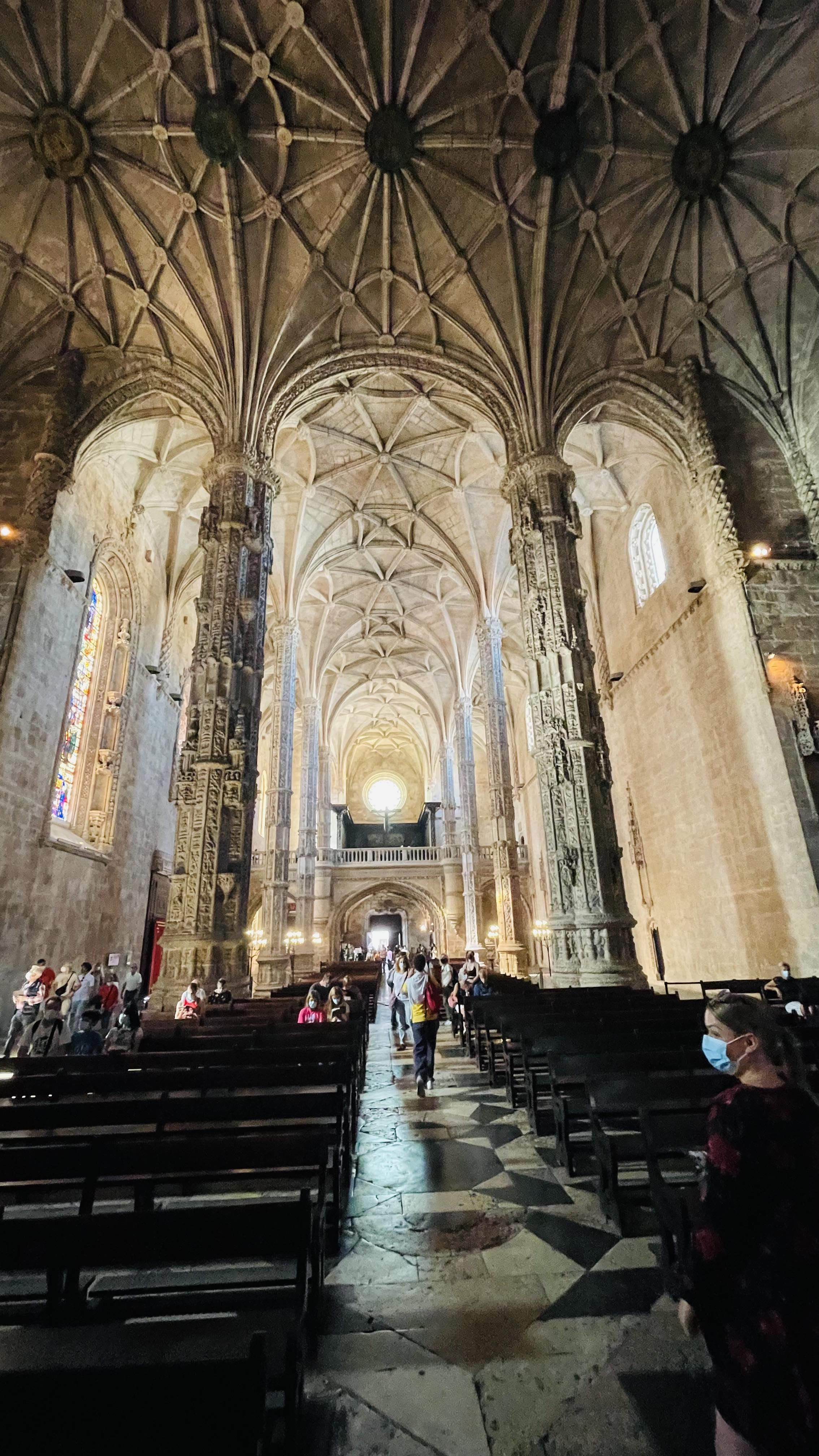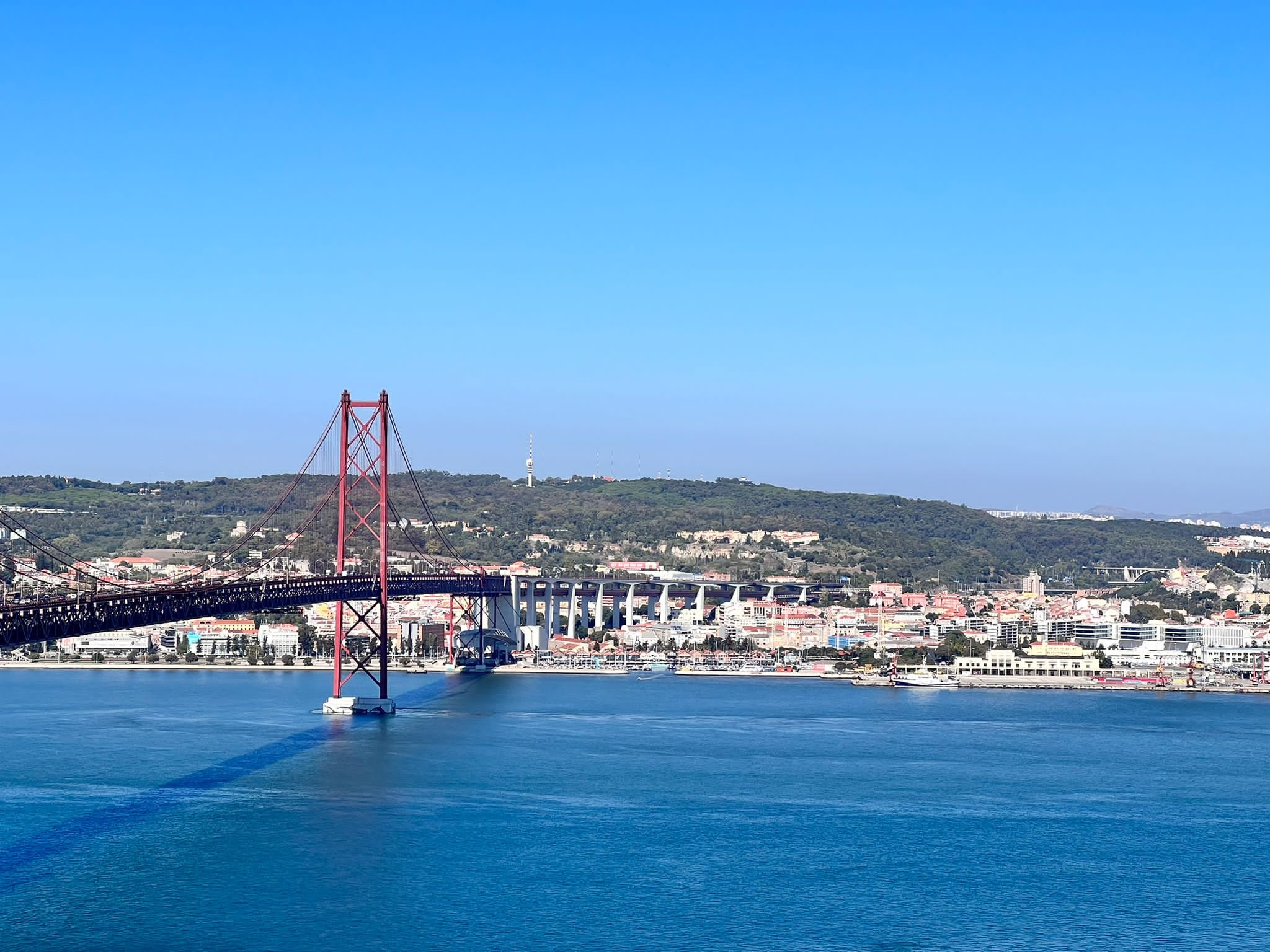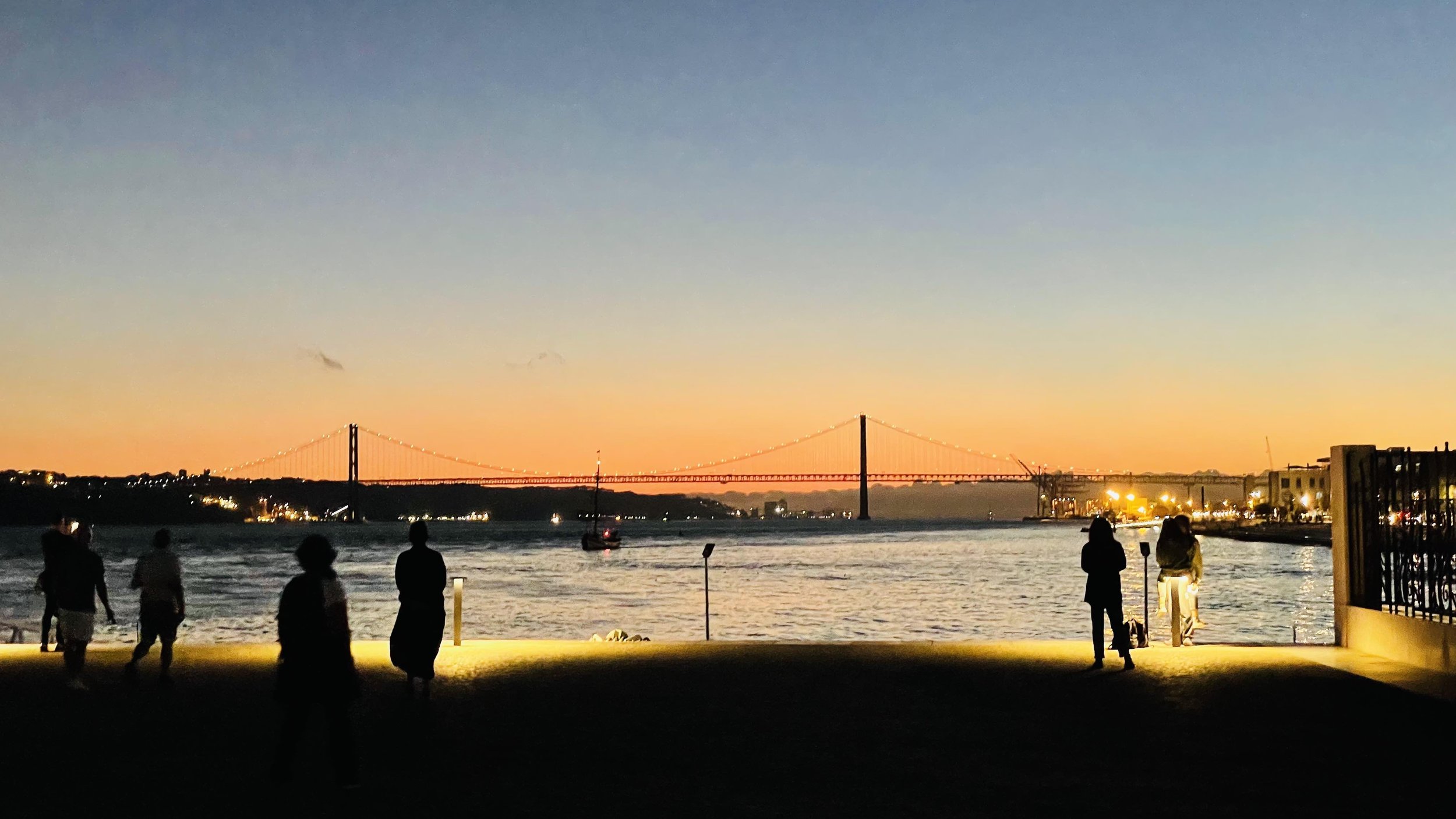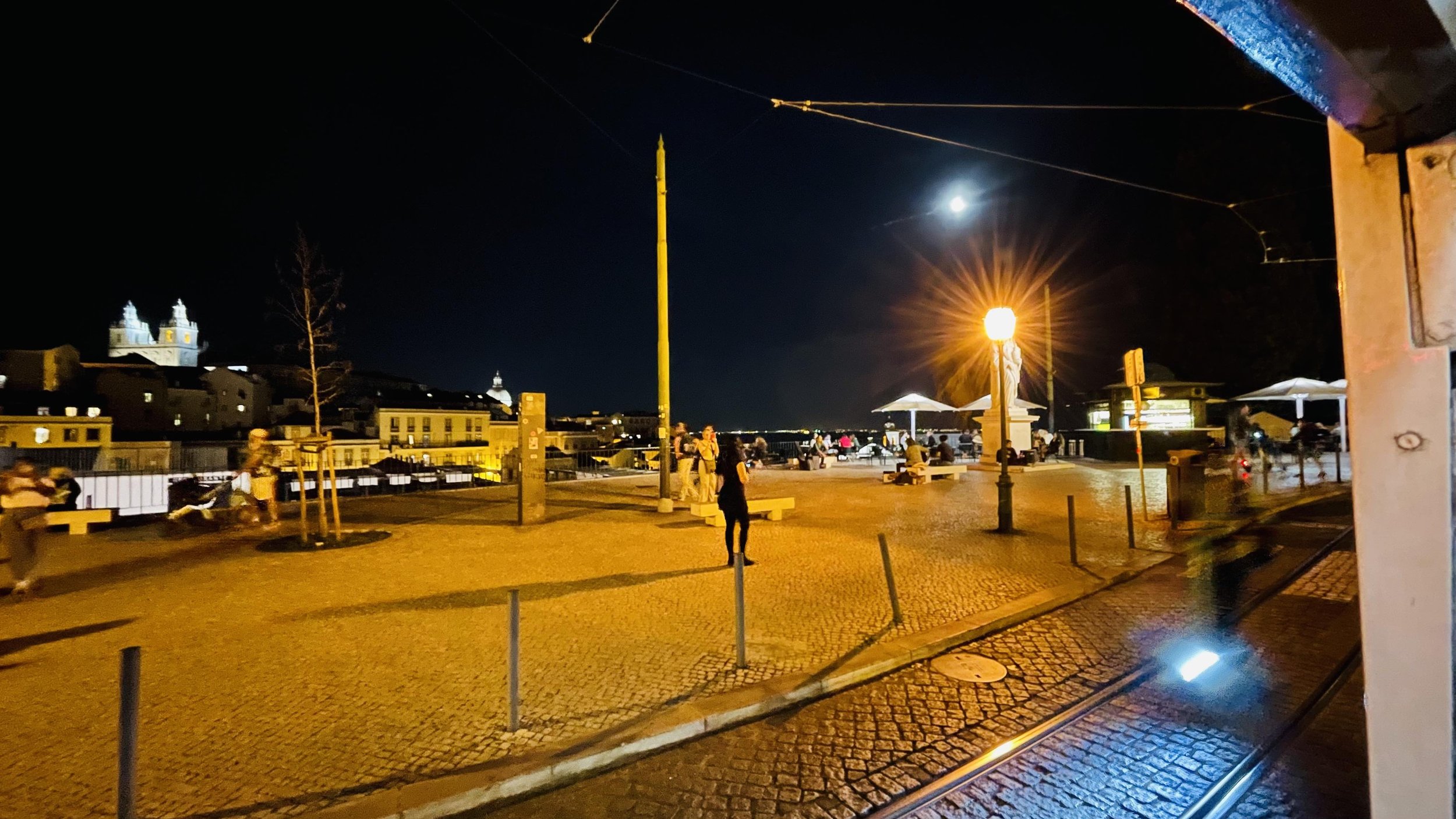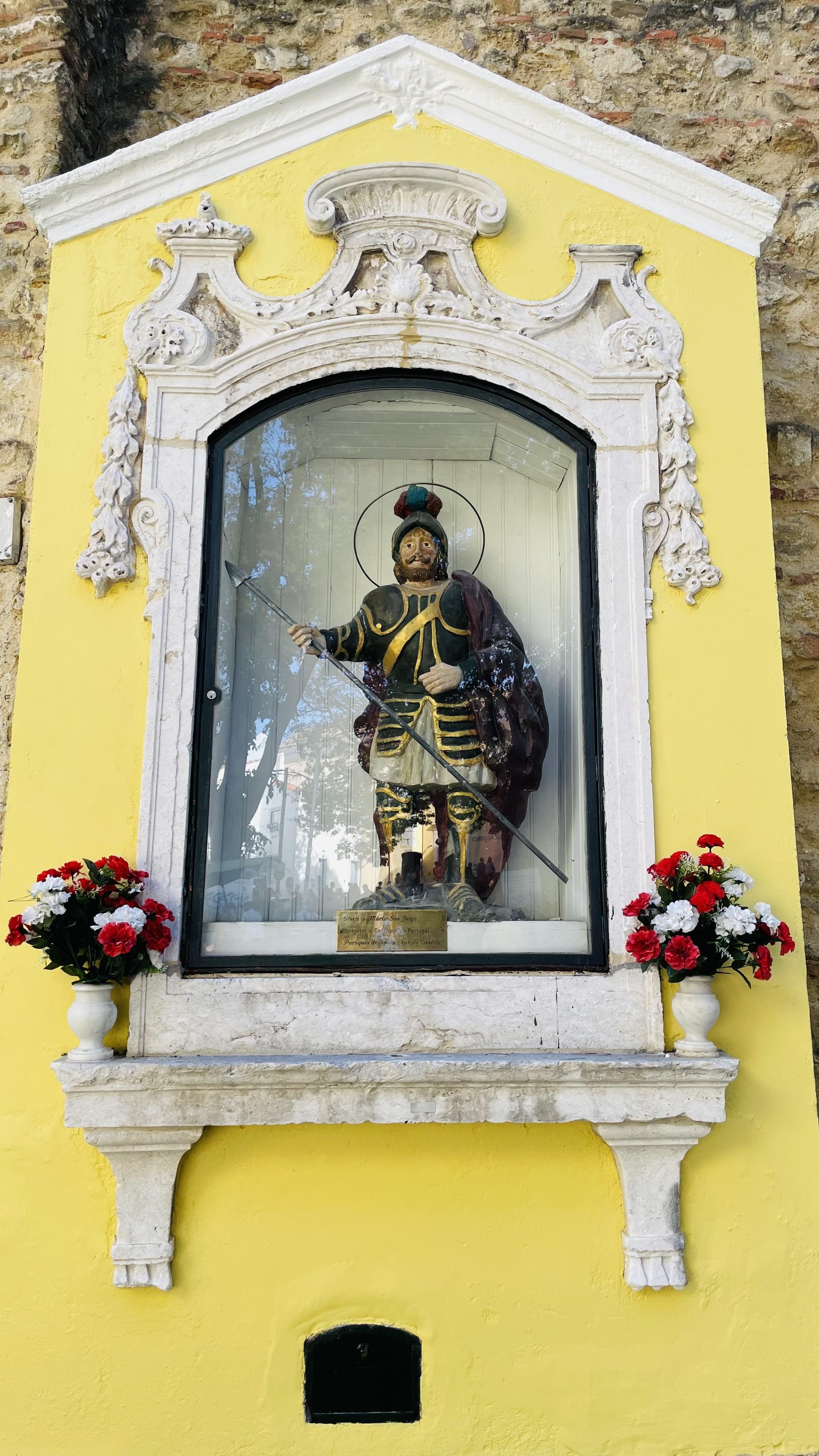Lisbon, the city of Fernando Pessoa and Saint Anthony
Rossio Railway Station Estação de Caminhos de Ferro do Rossio
Lisbon, the city of Fernando Pessoa and Saint Anthony
Fernando Martins de Bulhões was born in Lisbon and died on 13 June 1231 in Padua. Fernando Martins de Bulhões is popular worldwide as Saint Anthony of Padua. In Lisbon, his hometown, he is, unquestionably and irrefutably, António de Lisboa.
Pessoa's Statue
Also, on 13 June but in 1888, Fernando António Nogueira Pessoa was born in Lisbon. He is simply known as Fernando Pessoa, although in his life he had many literary names. In Pessoa, there is a clear reference to Saint Anthony: Fernando and Antonio. He is the mark of his future Catholic dedication and an alleged genealogical descend on the Saint.
Lisbon must share Saint Anthony with other cities, while Fernando Pessoa, undoubtedly, belongs to Lisbon, despite having spent his childhood and his studies in Durban in South Africa.
Lisbon is the city of Pessoa par excellence. Everywhere, there are memories, statues, emblems, writings, to evoke his presence until he died in 1935.
Why Pessoa represents Lisbon like no one else?
Because he is fitful, cultured, poet, traditionalist, progressive, noble, conqueror, like his city.
He has multiple personalities, all valid and capable of expressing his art. He signs his books and poems with one hundred and thirty-six (1) different heteronyms, each of which has a splendid literary character.
Even his love for Lisbon has a plurality of affections, it is a “happy and sad city”. The climax of poetry for Lisbon is Lisbon Revisited. (2) (3)
Pessoa narrates the joy of seeing his city again after his horrifying departure and painful stay in Durban: “City of my horrifyingly lost childhood…”. He shows his fitful - “I sleep fitfully and live in the fitful dream-state” (2) –repeating “came back”. With his intelligence and doubtful fitful, he declares that he feels “foreigner”everywhere, but having to live in one home, his “accursed castle”, it can only be Lisbon “Happy and sad city”.
The thought of the “castle” Lisbon proclaims it by writing the erudite book Lisbon, What the tourist must see (4). It is the most delightful, accurate, detailed travel guide, mixed with love, passion, sadness and joy for his city.
The artist exposes the evocative places of the Portuguese capital.
Praça do Comércio
Praça do Comércio is a huge square, a perfect meeting area for the inhabitants of the capital. It is a gathering environment, with a wonderful view of the Tagus river. There is a difference with the Pessoa era. Now, the Tagus is not "full of shipping". There are just some tourist boats for cruise on the Tagus.
“We now reach the largest of Lisbon squares, the Praça do Commercio … and is one of the largest in the world. It is a vast space, perfectly square, lined on three sides by buildings of a uniform type ... The fourth, or South, side of the square is formed by the Tagus itself, very wide in this part and always full of shipping.” (4)
In the centre of the square is the imposing statue of King José I. He is famous for appointing the Marquis of Pombal to the government. While “The king spends most of his time hunting, riding, playing, in concerts and entertainments… ” (5) he reformed a seriously underdeveloped nation with authority.
“In the centre of the square stands the bronze equestrian statue of King José I, a splendid sculpture by Joaquim Machado de Castro, cast in Portugal, in a single piece, in 1774. It is 14 metres high. The pedestal is adorned with magnificent figures depicting the rebuilding of Lisbon after the great earthquake in 1755. There is a figure guiding a horse which treads the enemy under its hoofs, another with the palm of Victory, Fame in another group; and the aggregate is remarkable indeed.” (4)
“On the North side of the square, facing the river, there are three parallel streets; the middle one issues from a magnificent triumphal arch of great dimensions, indubitably one of the largest ones in Europe. It is dated 1873, but it was designed by Verissimo José da Costa and began to be built in 1755. The allegoric group which crowns the arch, sculptured by Calmels, personifies Glory crowning Genius and Valour; and the recumbent figures, which represent the rivers Tagus and Douro, as well as the statues of Nuno Álvares, Viriato, Pombal and Vasco da Gama, are due to the sculptor Victor Bastos.” (4)
“… the Santa Justa Elevator, so called because the transversal street in which it is built is called Rua de Santa Justa. This is one of the "sights" of Lisbon and always compels great admiration from tourists from everywhere.
It is due to a French engineer, Raoul Mesnier … The elevator is all built in iron, but it is extremely distinctive, light and safe. There are two lifts, worked by electricity. It goes up to Largo do Carmo, where there are the ruins of Carmo Church15, now the Archeological Museum.” (4)
“… Sé Patriarcal, the Lisbon Cathedral; this temple is extremely old, the date of its erection being unknown, though it is believed that it dates from far before the Moorish dominion, and at most due to King Affonso Henriques. The several earthquakes from which Lisbon has suffered left their traces on this temple, which has been several times restored … This temple was the scene of several facts which made history, as, for instance, of the popular rising in 1383, during which Bishop Dom Martinho Annes was thrown from one of the towers, owing to his partiality to the policy of Dona Leonor Telles.” (4)
“… Church of São Roque … This church dates back to the later years of the sixteenth century, Filipe Terzi being the architect; it was rebuilt after the Great Earthquake. The inside of the temple is interesting especially owing to the wooden
ceiling, painted in 1588 the mosaic decorations in marble, many-coloured
glazed tiles and gilt inlaid …” (4)
“But the important - nay, the unique - point about this church is the Chapel of St. John the Baptist (Capella do São João Baptista), which was executed in Rome by order of King João V, blessed there by Pope Benedict XIV in 1744, and fitted up in the church in 1749. It is remarkable not only for its material value but for its artistic one, for there is perhaps nowhere else anything of the kind which can bear comparison with it. The architectural work is due to the celebrated Italian architect Salvi e Vanvitelli to whom are also due the finest works of the kind in his own country. To the execution of this work the best artists of the time, in sculpture, mosaic, metal-work and other arts were all contributors.
The chapel is a work of the highest art, abounding in all the applications of marble and bronze - the former in a marvellous range of colours, the latter in all sorts of ornaments, emblems, royal arms, monorgrams, and so on. The altar is an artistic marvel, in which the most varied and the finest of all italian stones were brought into play; the result is an aggregate effect which justly perpetuates the memory of a Portuguese King who knew how to be an artist too. … The Chapel of St. John the Baptist cost £ 225,000 in good gold coinage, an extraordinary sum at any time, and more so at the time it was built.” (4)
Revolutions, rebellions, riots, repressions, are part of the history of Portugal. Describing the Parque Eduardo VII, Pessoa cites the revolt of Sidónio Pais to establish a dictatorship, avoiding, the entry of Portugal into the conflict of the First World War.
“… the vast grounds of Parque Eduardo VII (Edward VII Park). It was on these grounds that, on the 5th December 1917, Sidonio Paes, entreched himself, with several regiments of the Lisbon garrison, and overthrew the «democratic» government in which Norton de Mattos was Minister of War. Other revolutionary movements of minor importance have chosen this strategic point as there starting one, for it commands Lisbon and the river.” (4)
The Manueline movement personifies Portugal in world art. It is a unique, local, Portuguese style. It was swayed by the major international artistic movements. In fact, the Manueline is the convergence between the Gothic style (in the waning phase) and the Classicism one (in the increasing phase).
“The Manueline style is complex, composite and deeply original” (5) the references to European technique intersect with the values of the colonial expansion of Portugal, and the Arab architectural genius of Moroccan bricklayers. The Mosteiro dos Jerónimos is the ultimate example.
“… we are in front of the great monument that is the Mosteiro (Monastery) dos Jeronymos, a masterpiece in stone, which all tourists visit and which they never can forget. It is, as a matter of fact, the most remarkable monument which the capital contains. Its construction was ordered in 1502 by King Manuel I, the architect being Boytac, who is the author of other remarkable works of the kind in Portugal. …
It is an astonishing specimen of stone-work, full of niches, of statues, of reliefs, arms and emblems …
A visit to Jeronymos is bound to be a slow one, if it is to be a visit at all. All the beauties it contains must be carefully examined: the working of all details, the images, the tombs, the columns, the vaults, especially that of the transept which no column sustains, the paintings, the choir, whence the greater part of the inside of the church …” (4)
“ … Torre de Belem. This is indubitably one of the finest monuments in Lisbon and one of the most expressive memories of Portuguese military and naval power. This marvel of oriental architecture was erected in the Praia do Restello, famous as the point from which the ships sailed forth for the Great Discoveries, and was meant for the defence of the river and of the Portuguese capital. It was King Manuel I who ordered its erection; its was built within the river, and the project is due to the great master of «laced» architecture, Francisco de Arruda. It was begun in 1515 and completed six years afterwards. Later the river sank away, from that point, leaving the Tower definitely connected with the shore.
… The Tower of Belem, seen from the outside, is a magnificent stone-jewel, and it is with astonishment and a growing appreciation that the stranger beholds its peculiar beauty. It is lace, and fine lace at that, in its delicate stonework which glimmers white afar, striking at once the sight of those on board ships entering the riven It is no less beautiful inside; and from its balconies and terraces there is a view of the river and of the sea beyond, which is not easily forgotten.” (4)
https://www.sololibri.net/Fernando-Pessoa-vita-eteronimi-opere.html
https://trevinoyume.wordpress.com/2013/05/05/lisbon-revisited-1926/
Fernando Pessoa, Lisboa, Quello che il turista deve vedere, Edizioni Biblioteca del Vascello, 1993, ristampa del 1997 translated http://lisbon.pessoa.free.fr/Pessoa-Lisbon.pdf
José Hermano Saraiva, Storia del Portogallo, Bruno Mondadori, 2004 translated by author
bibliography:
Richard Zenith, Pessoa An Experimental Life, Penguin Books Limited https://www.google.it/books/edition/Pessoa/wn8WEAAAQBAJ?hl=it&gbpv=1&dq=Fernando+Pessoa+Saint+Antonio&pg=PT25&printsec=frontcover
Autore Roberto Matteucci
Click Here for Italian version
Credit photo: popcinema.org
